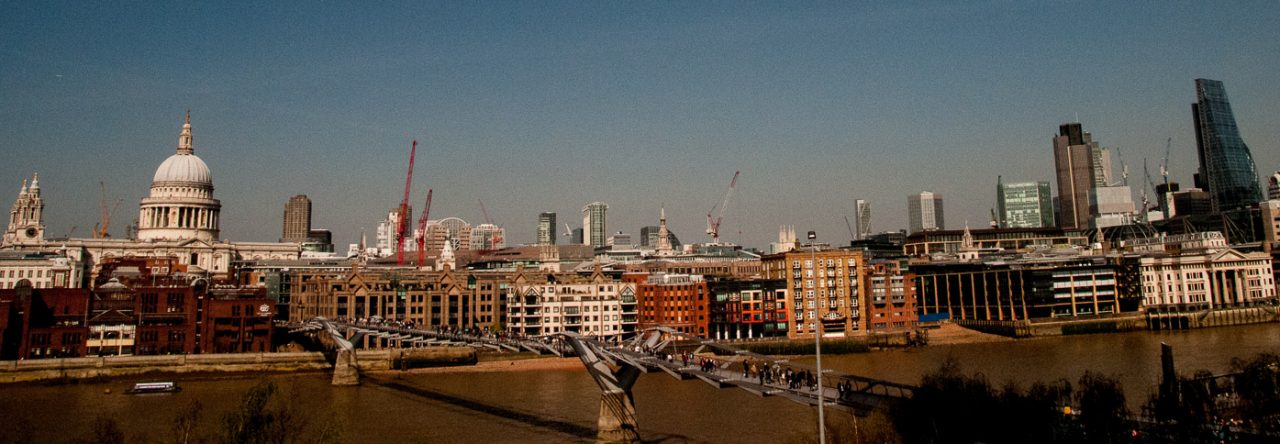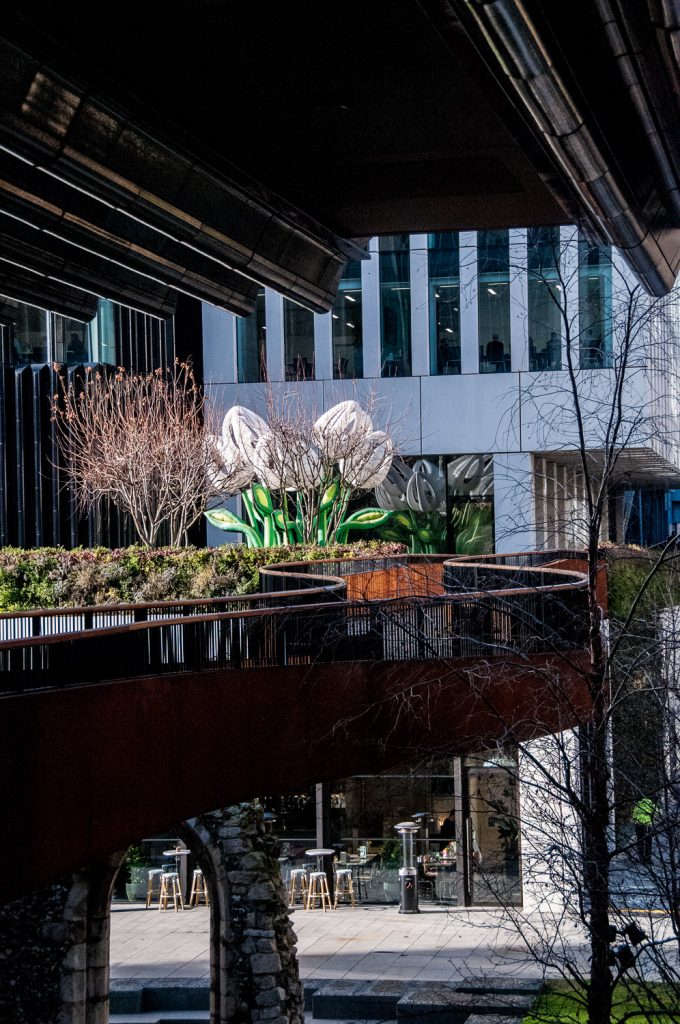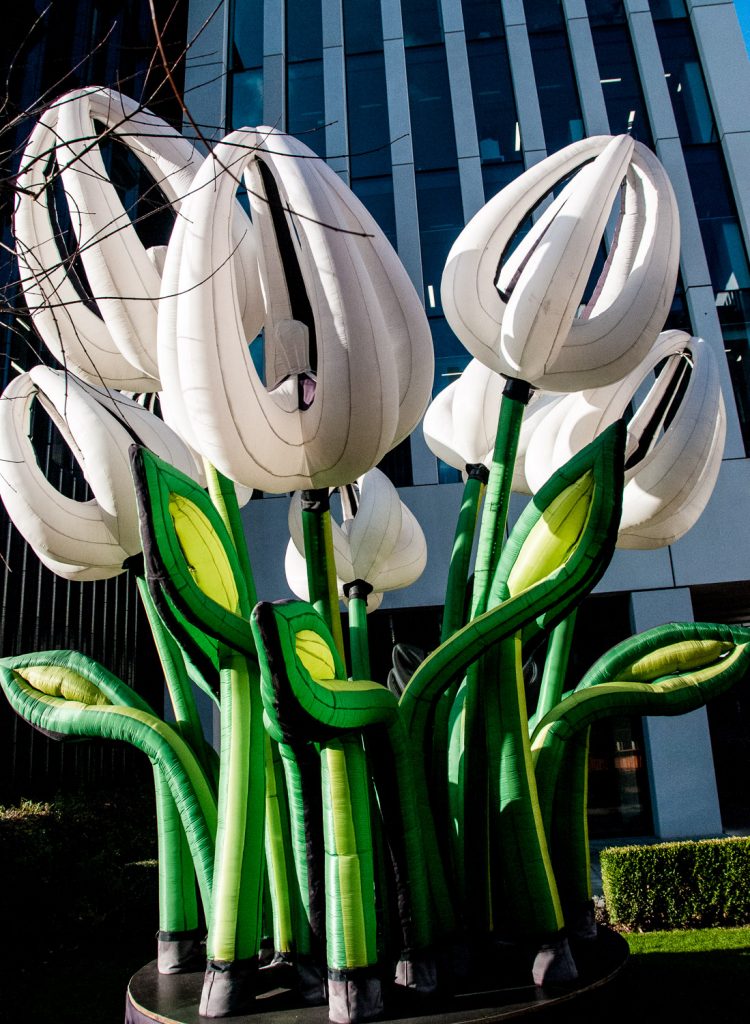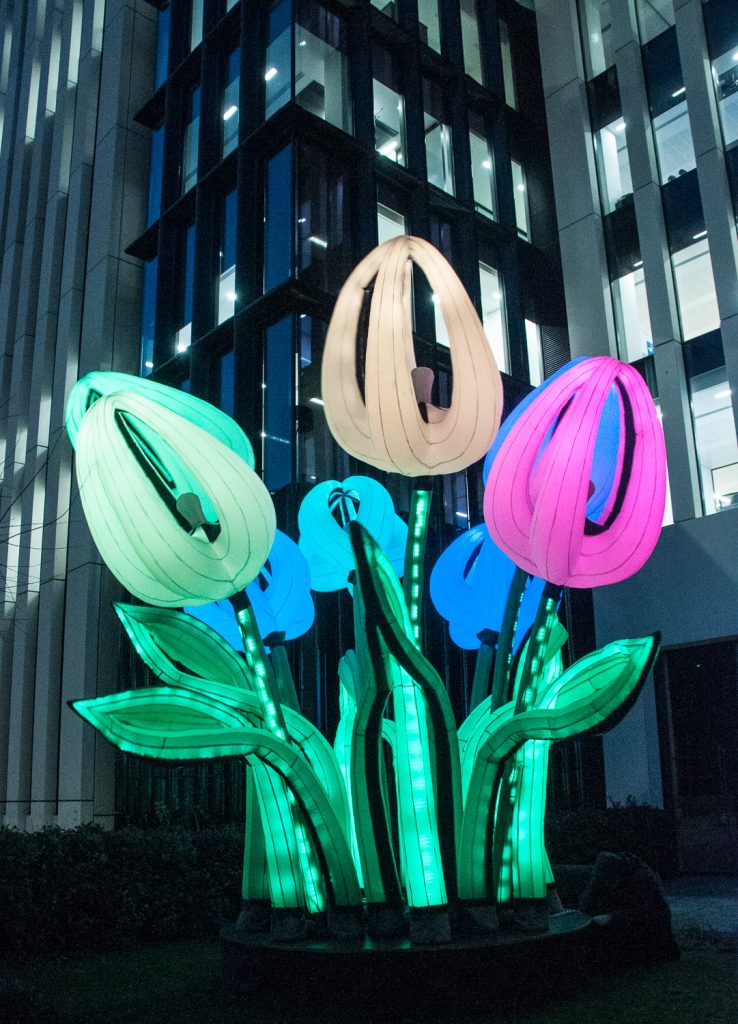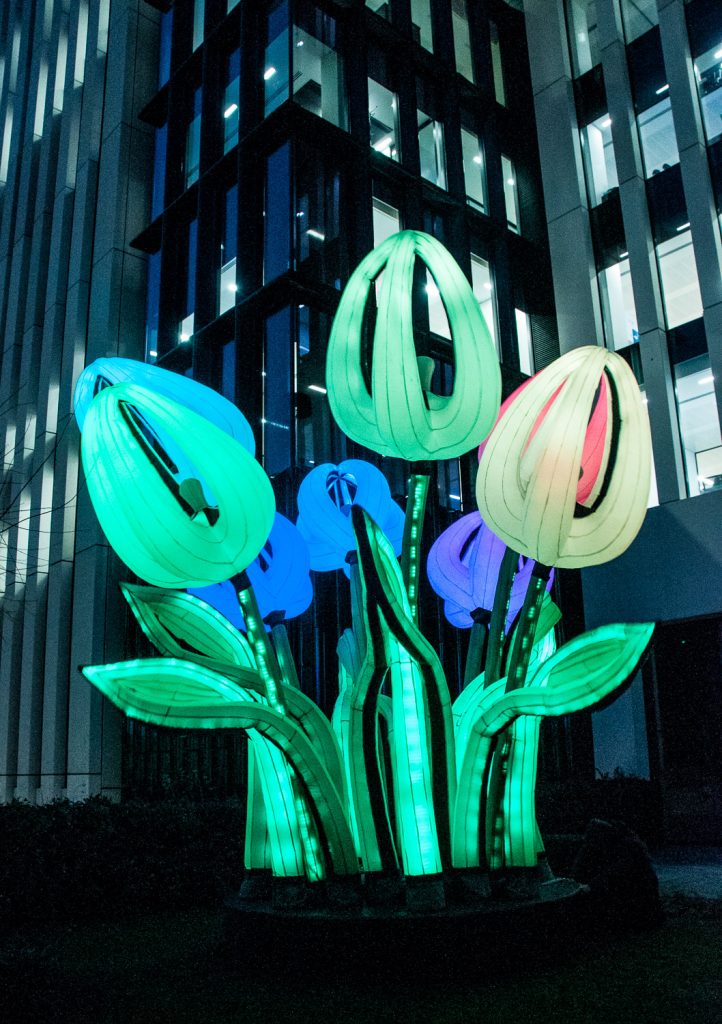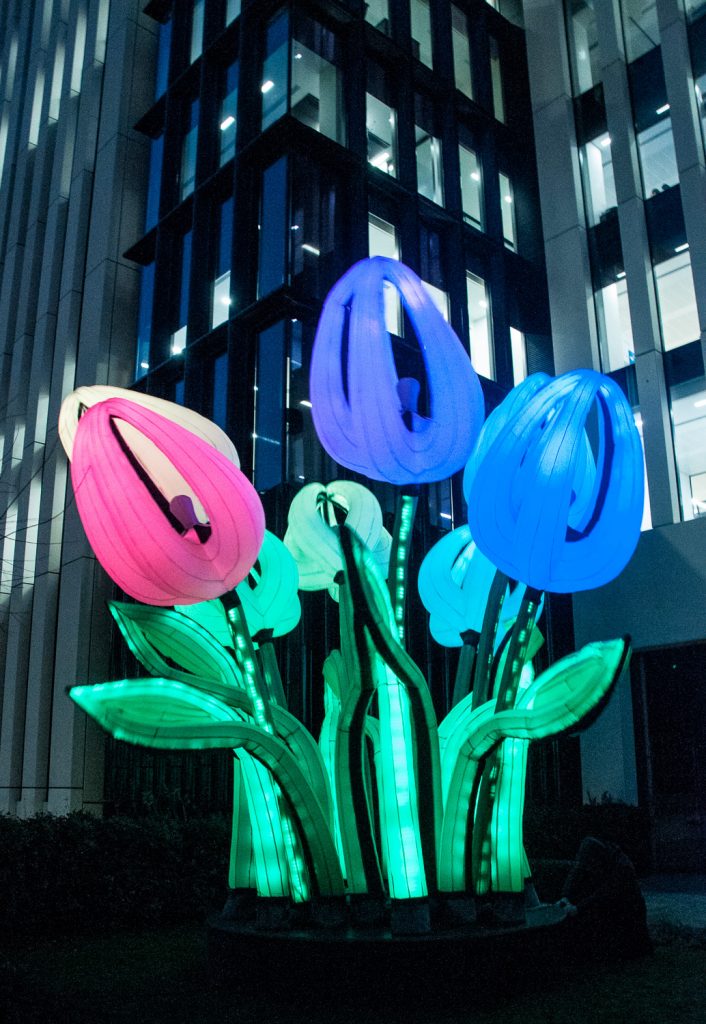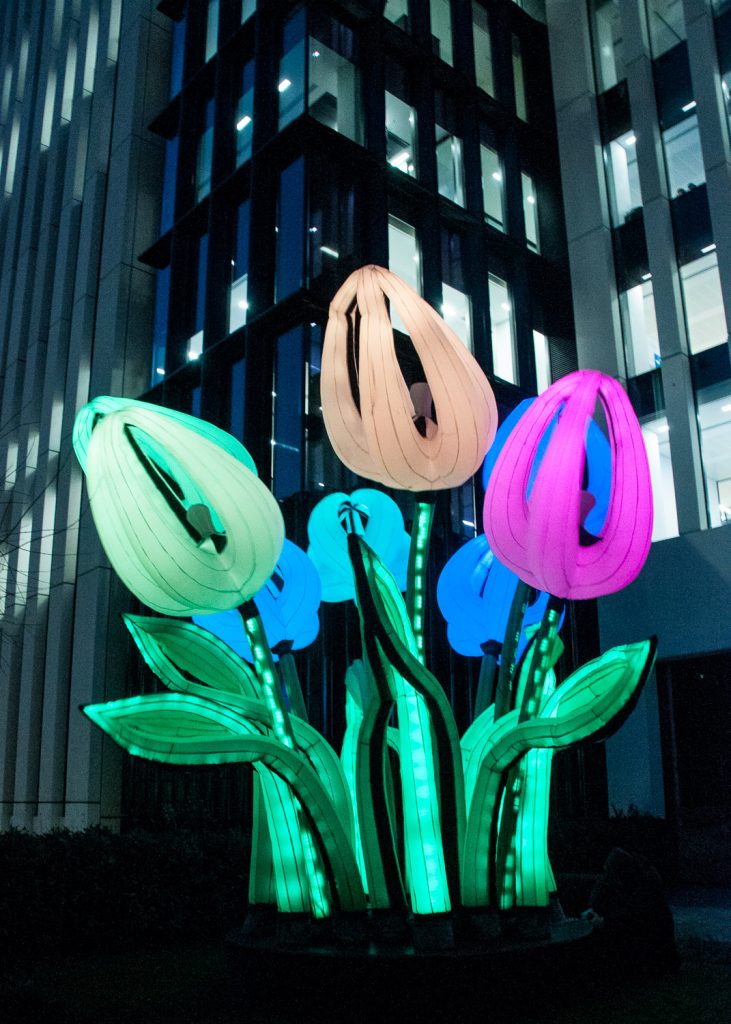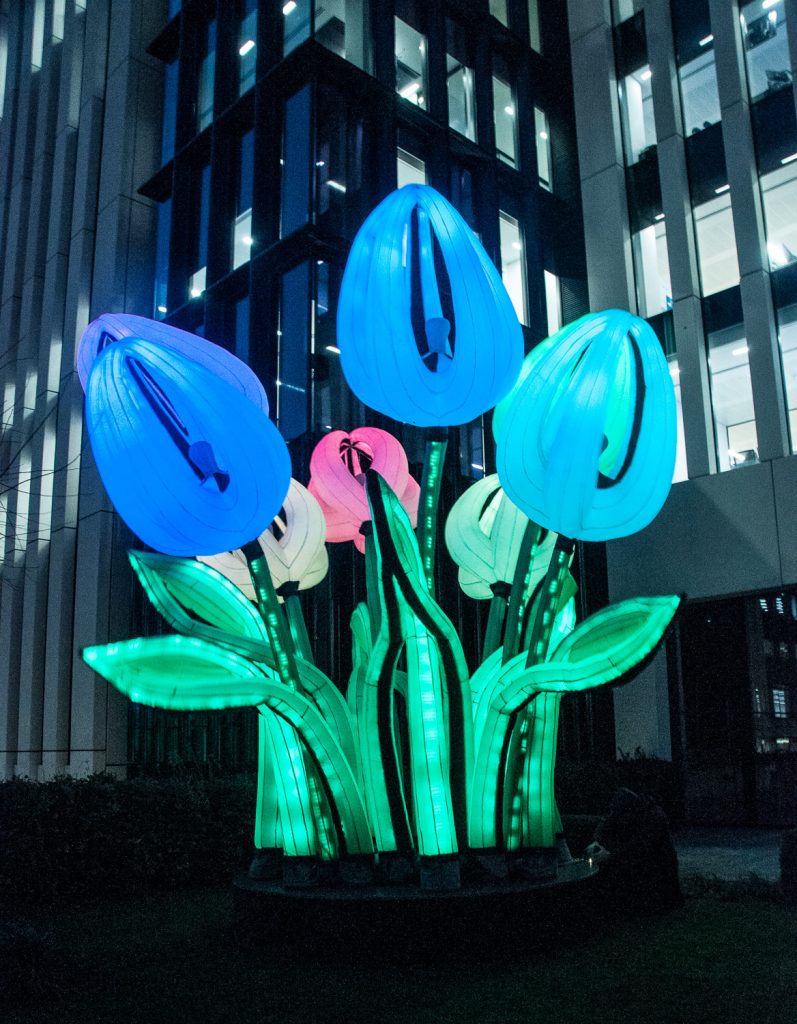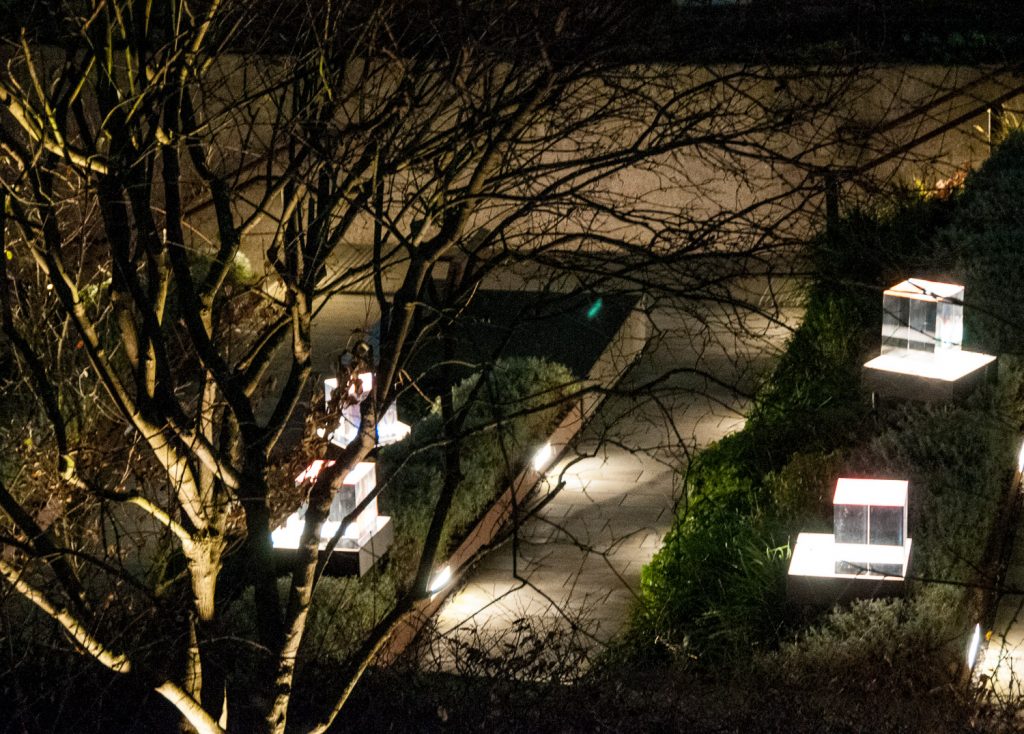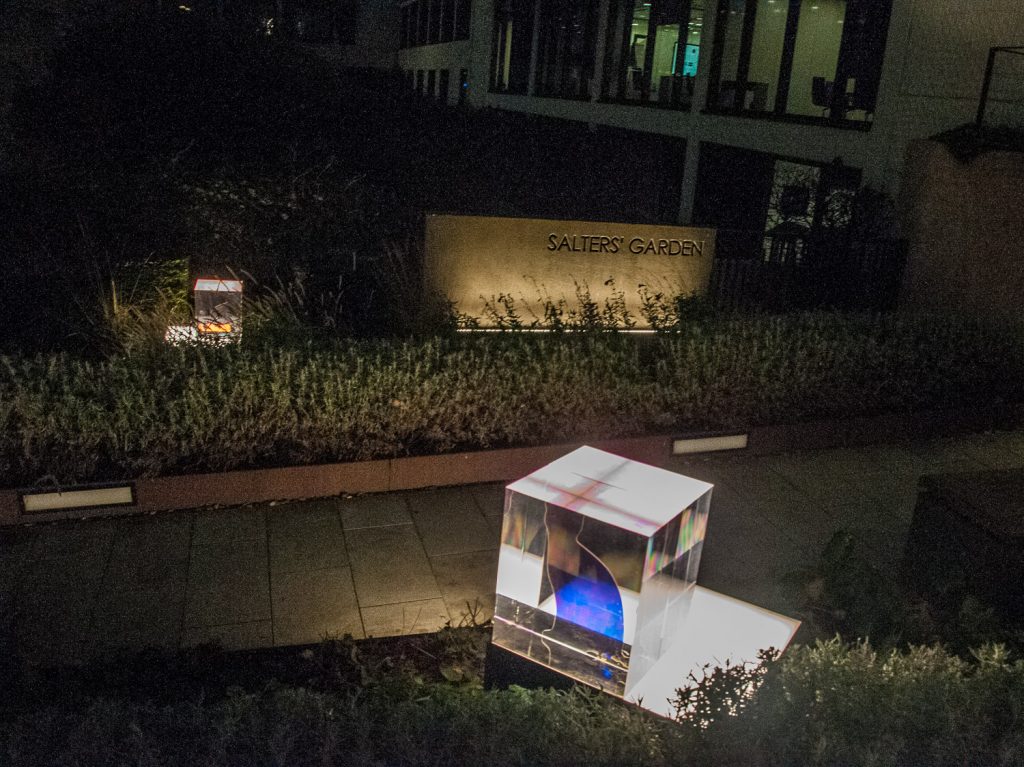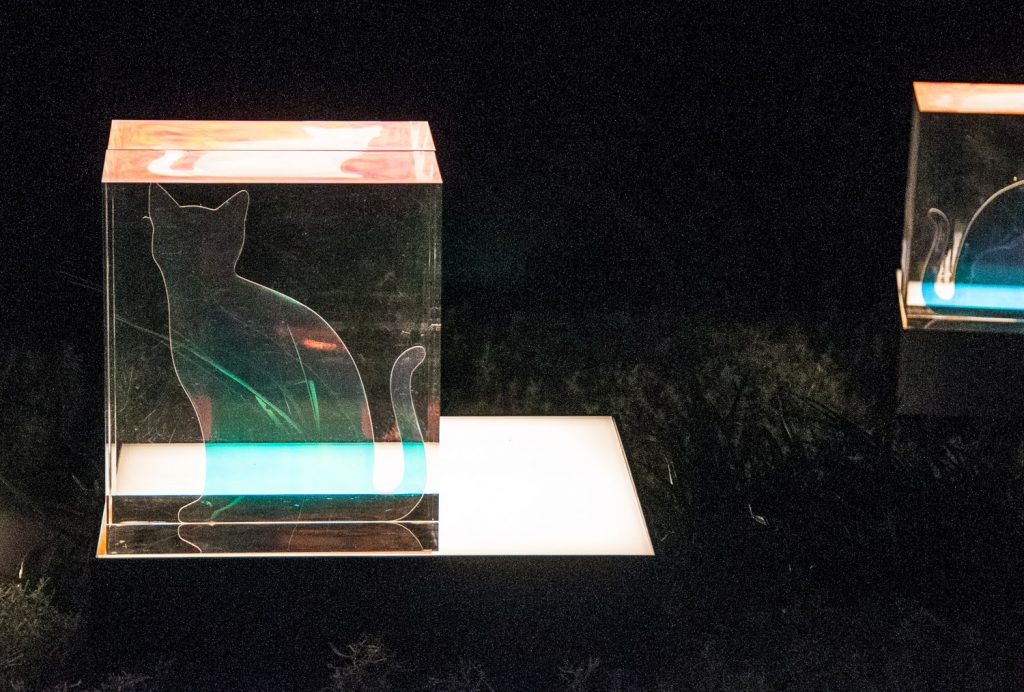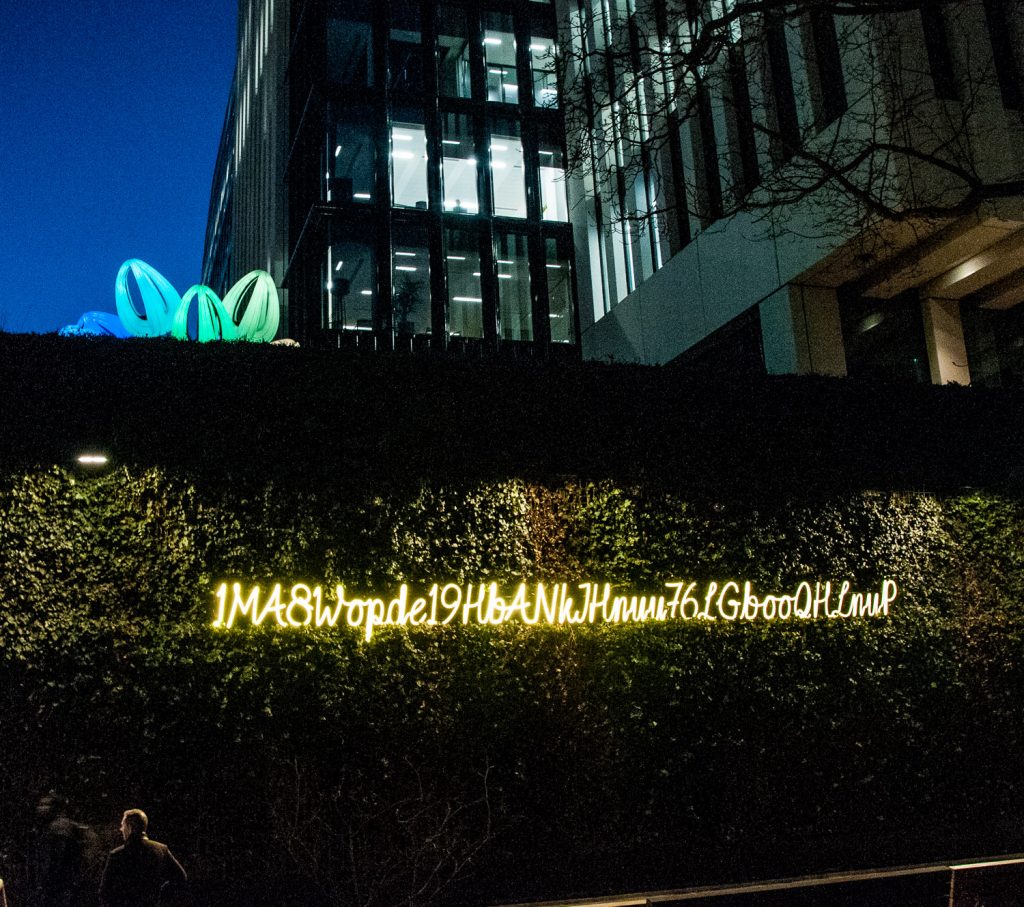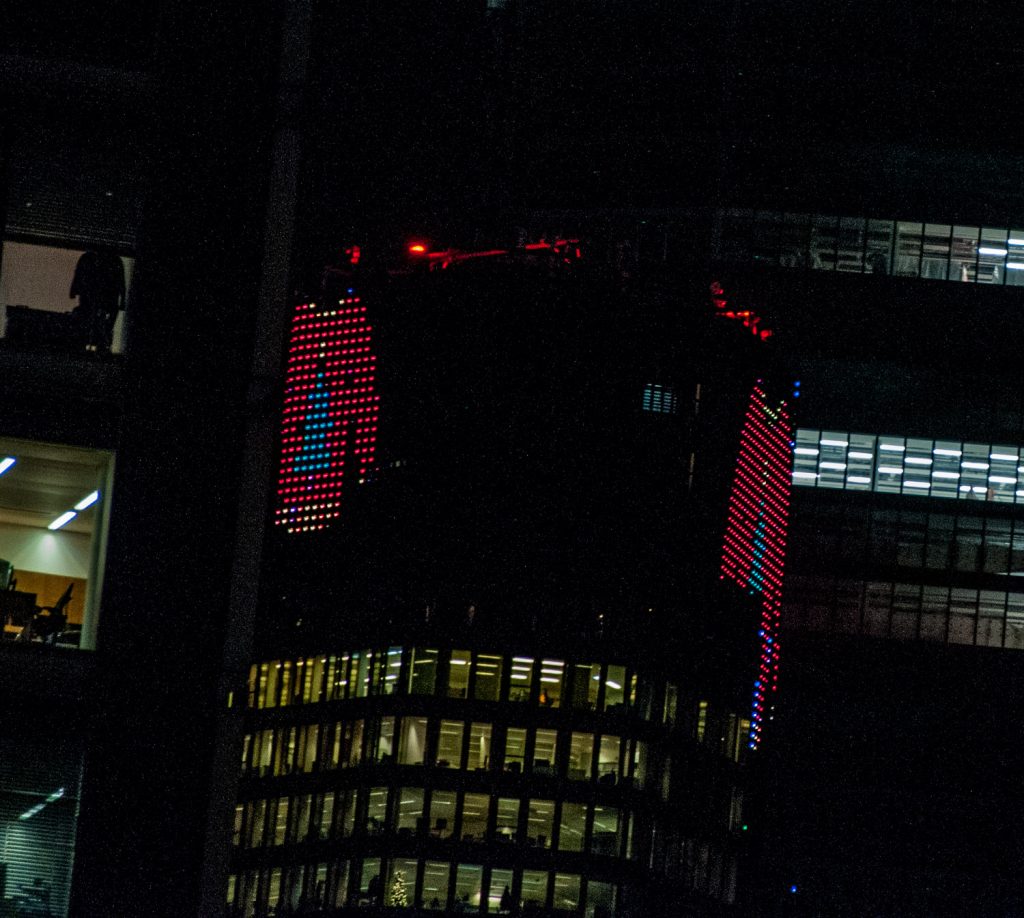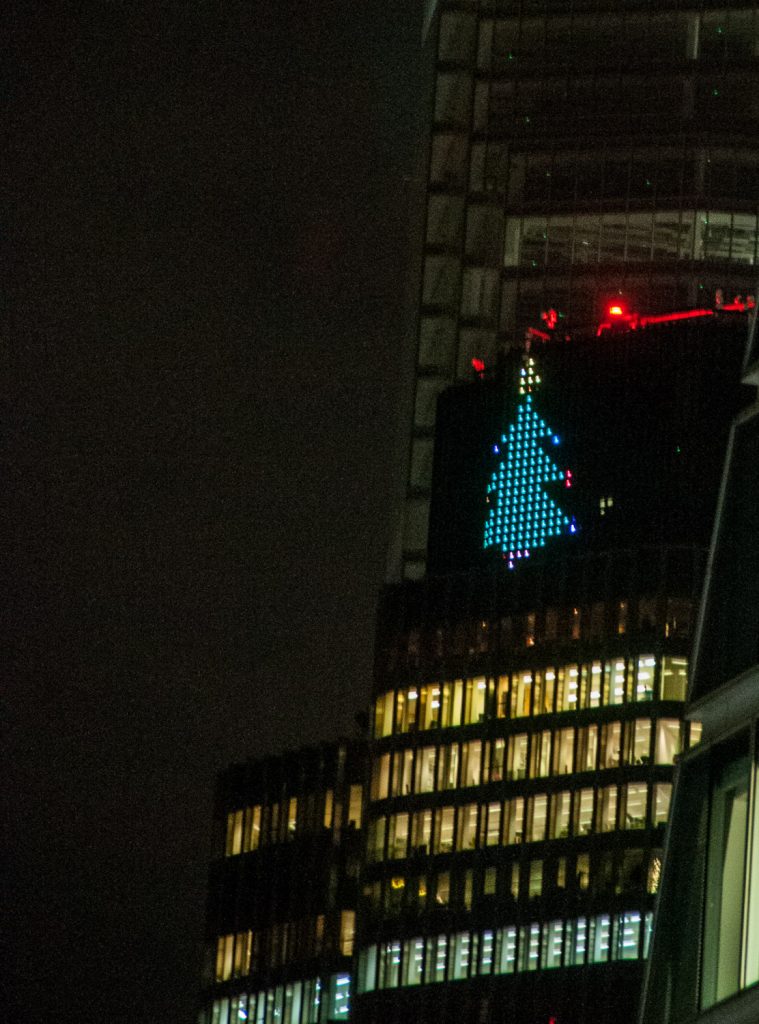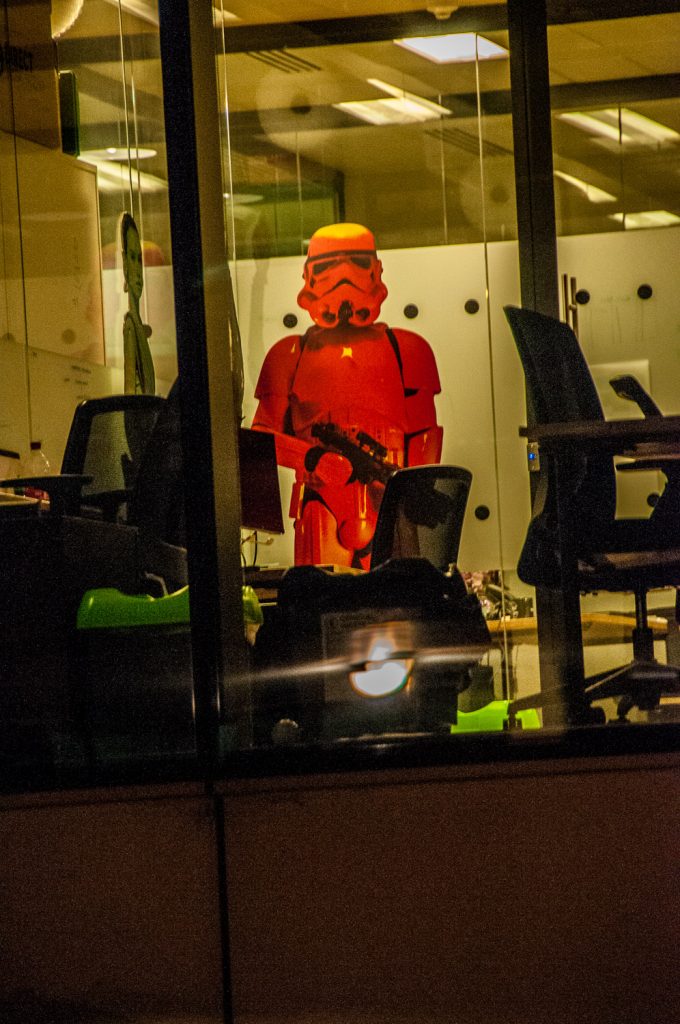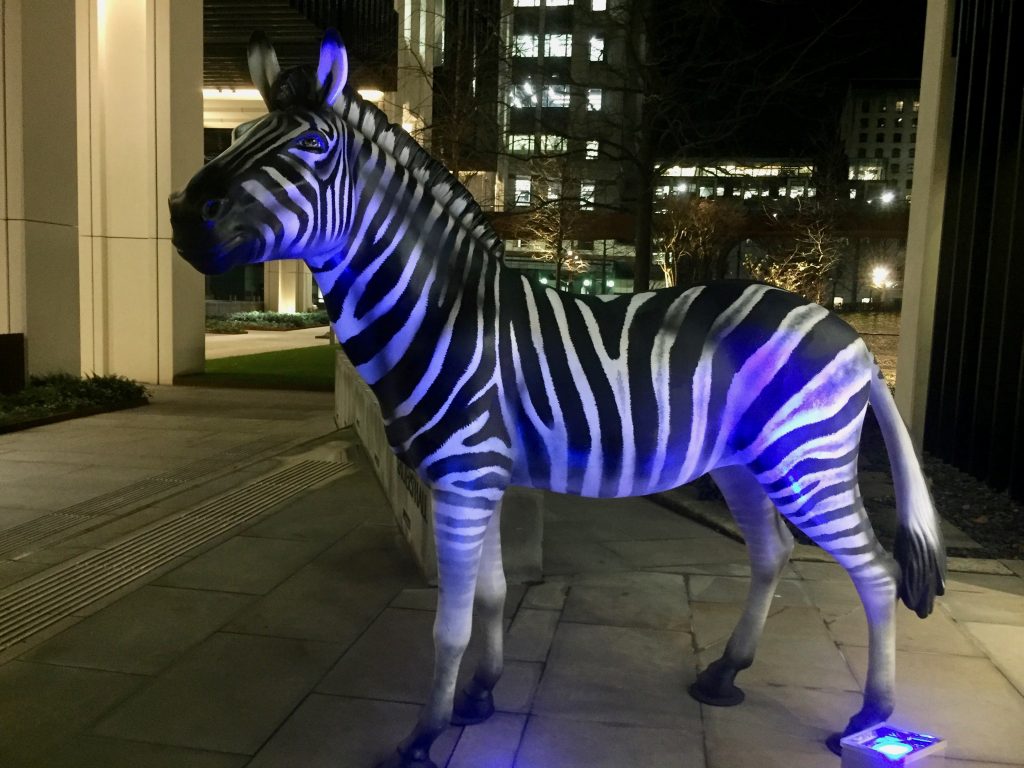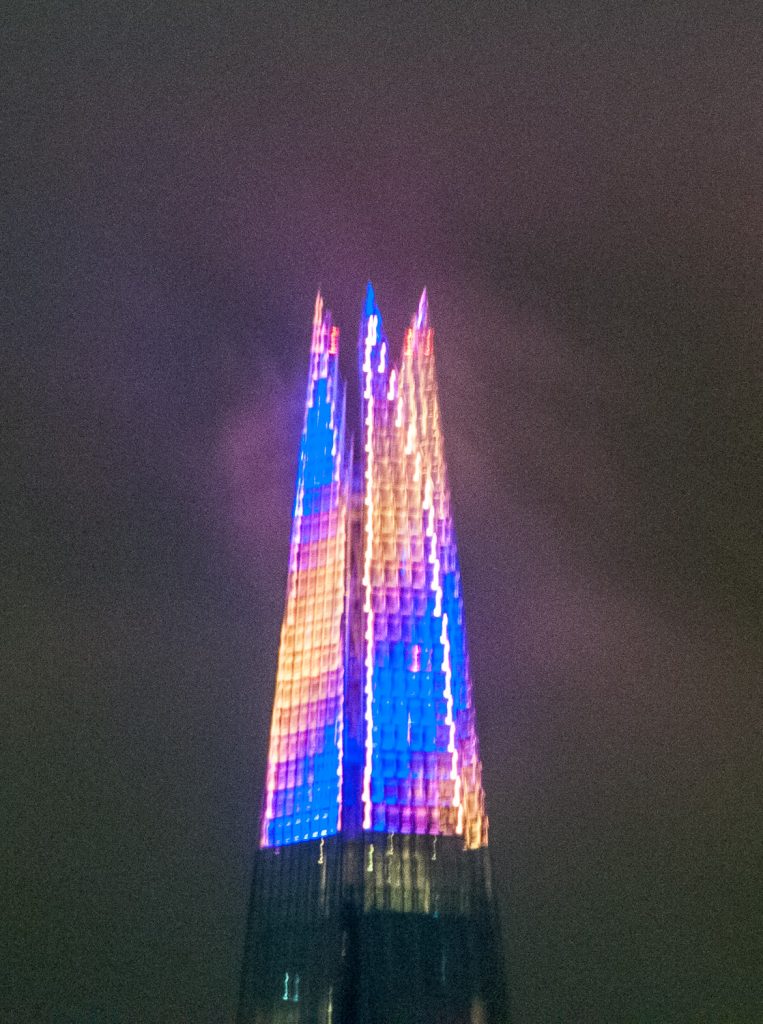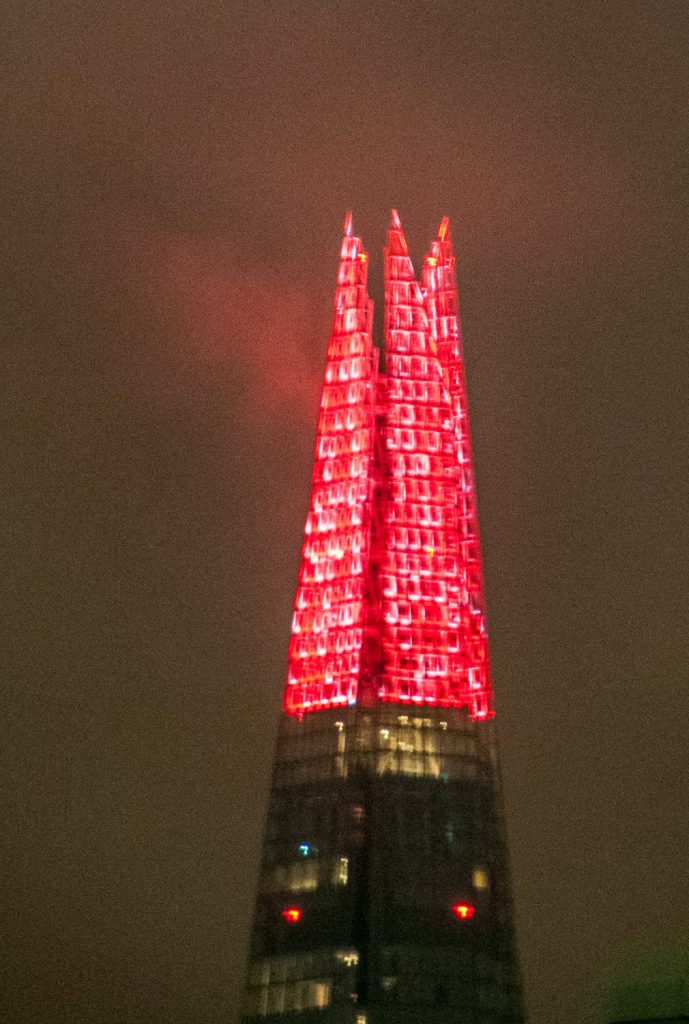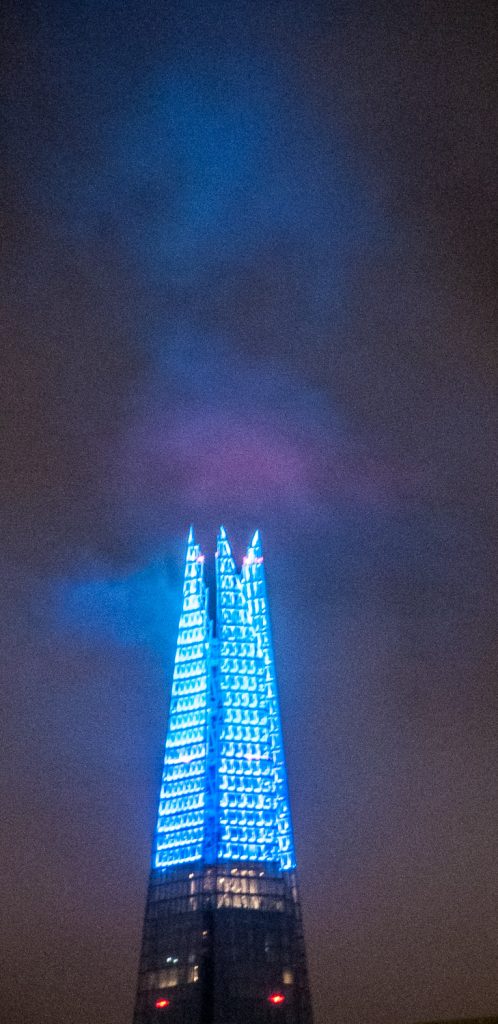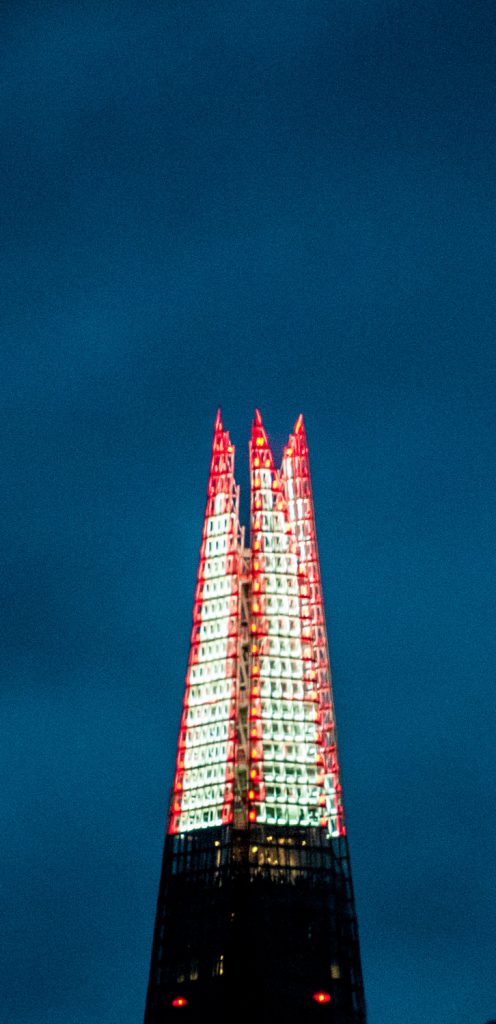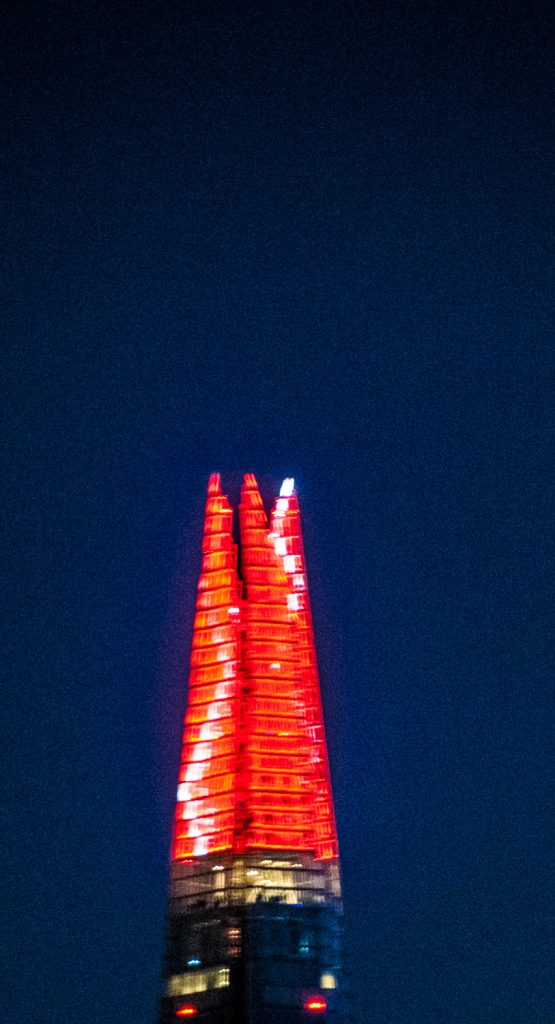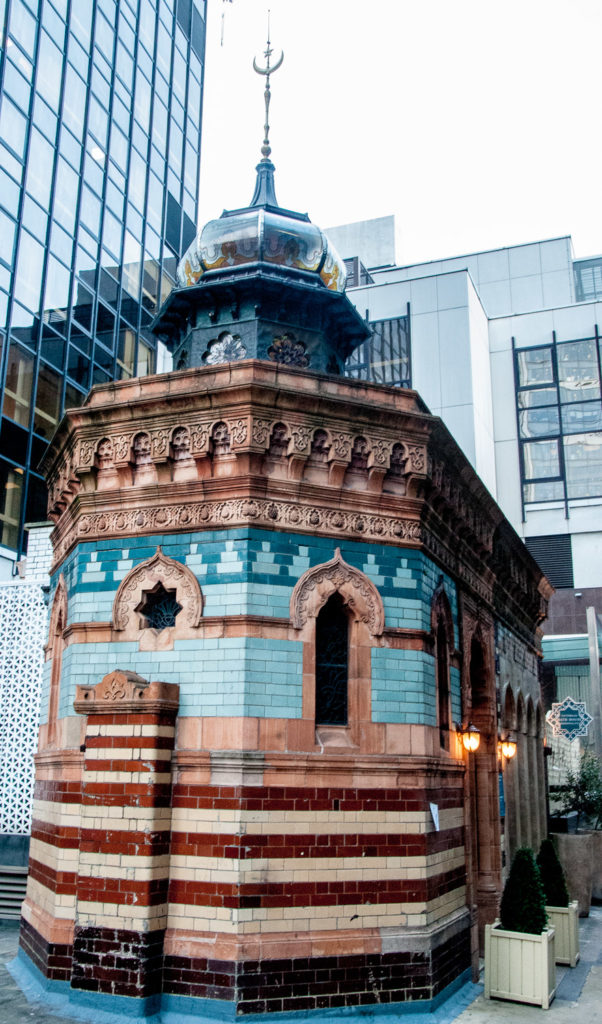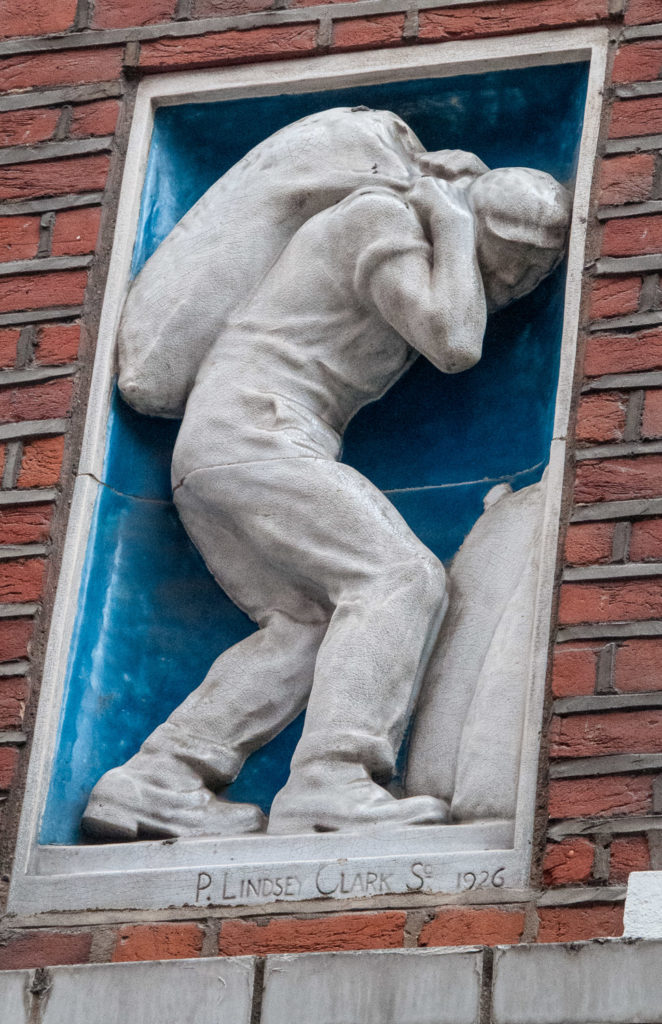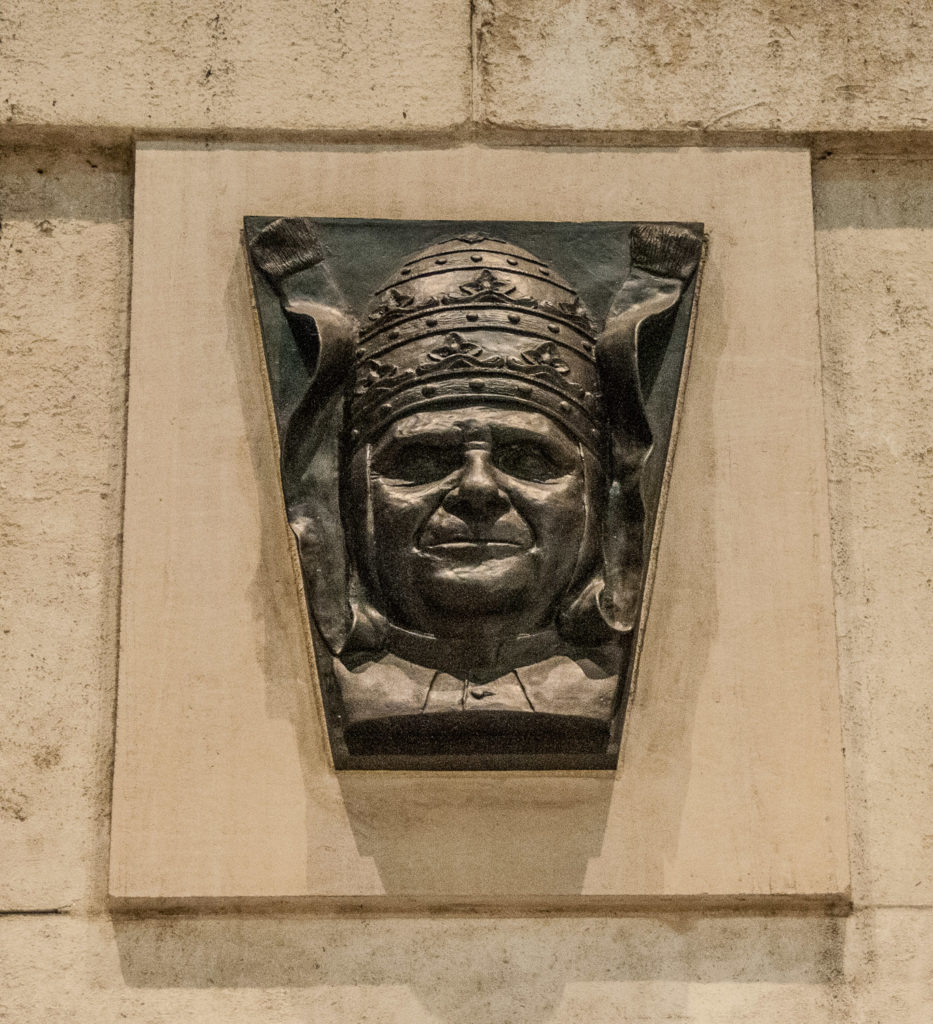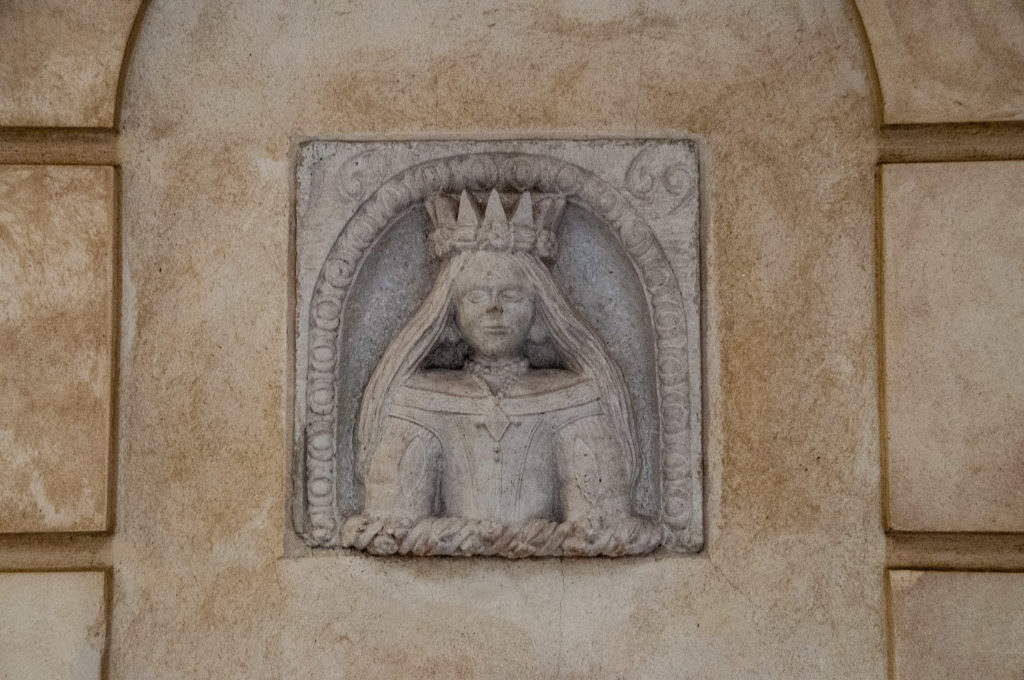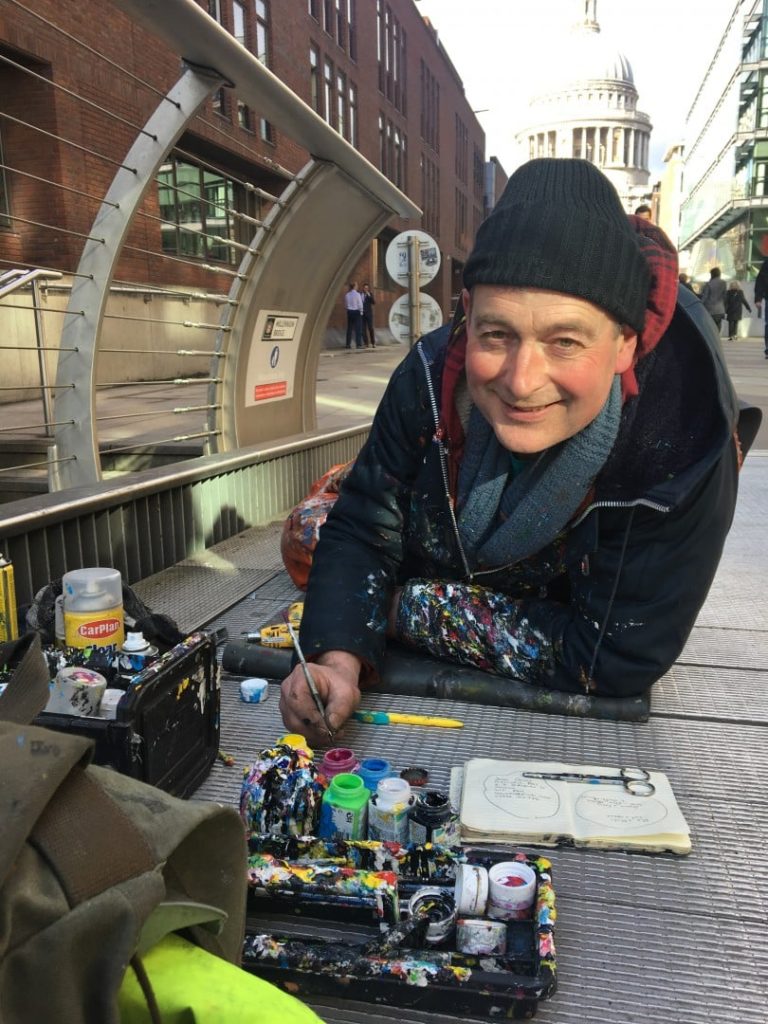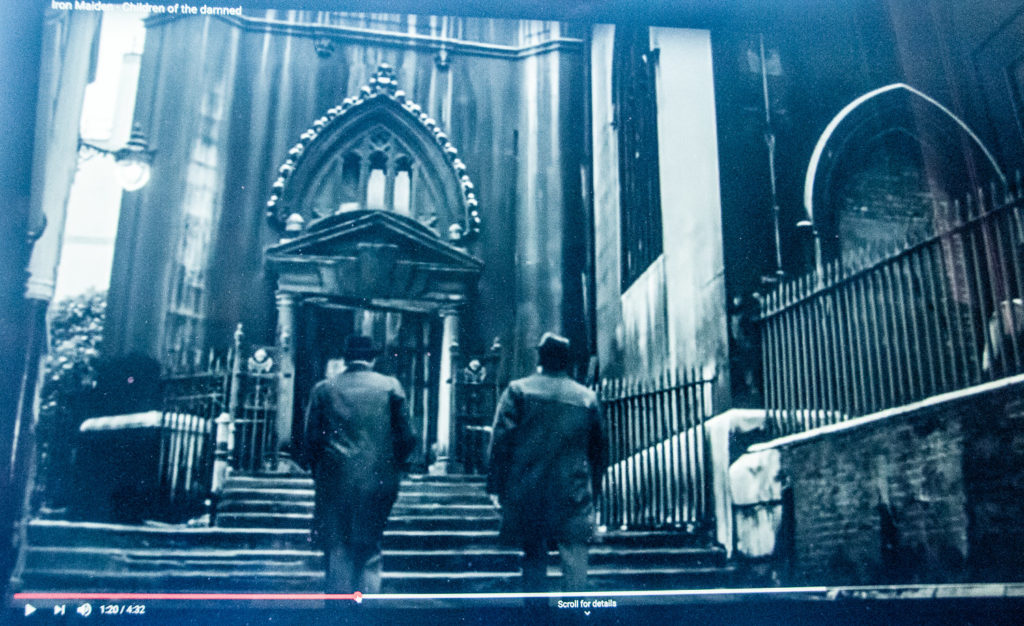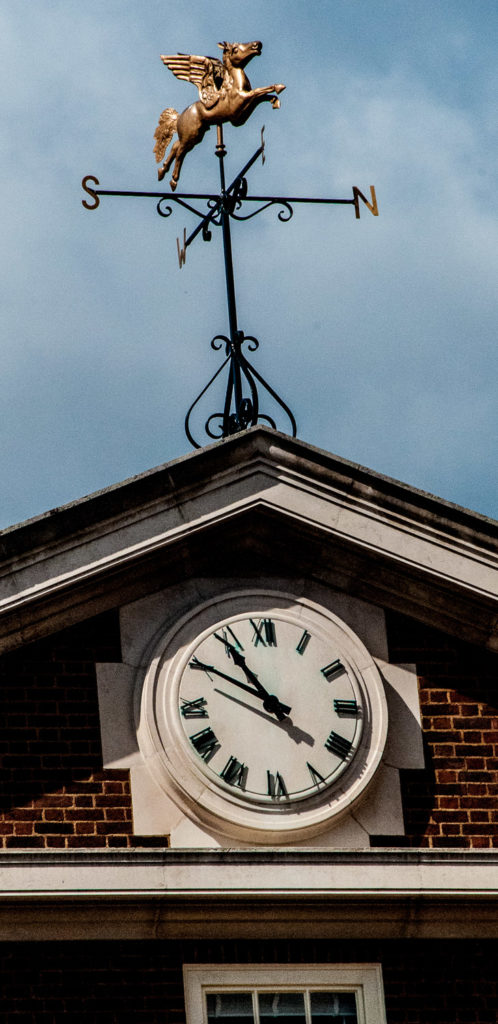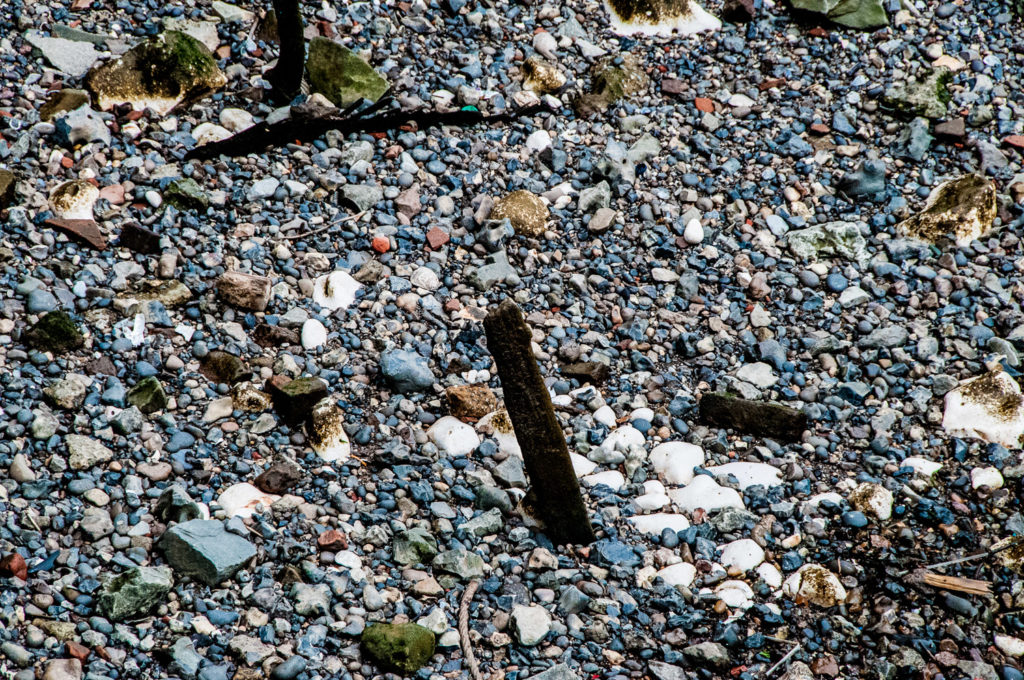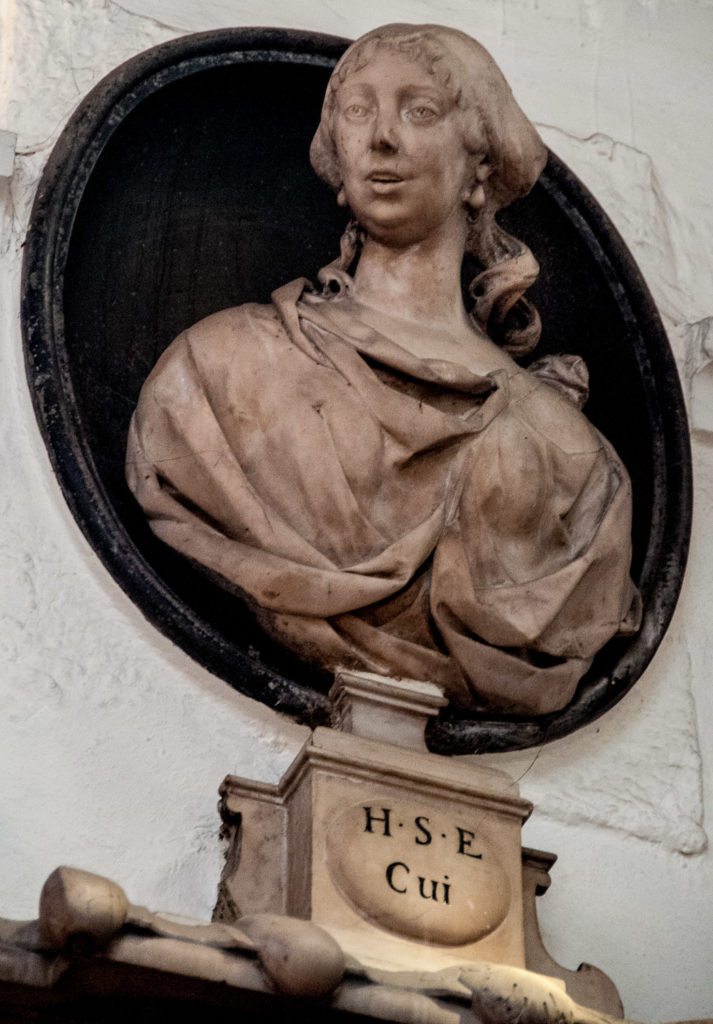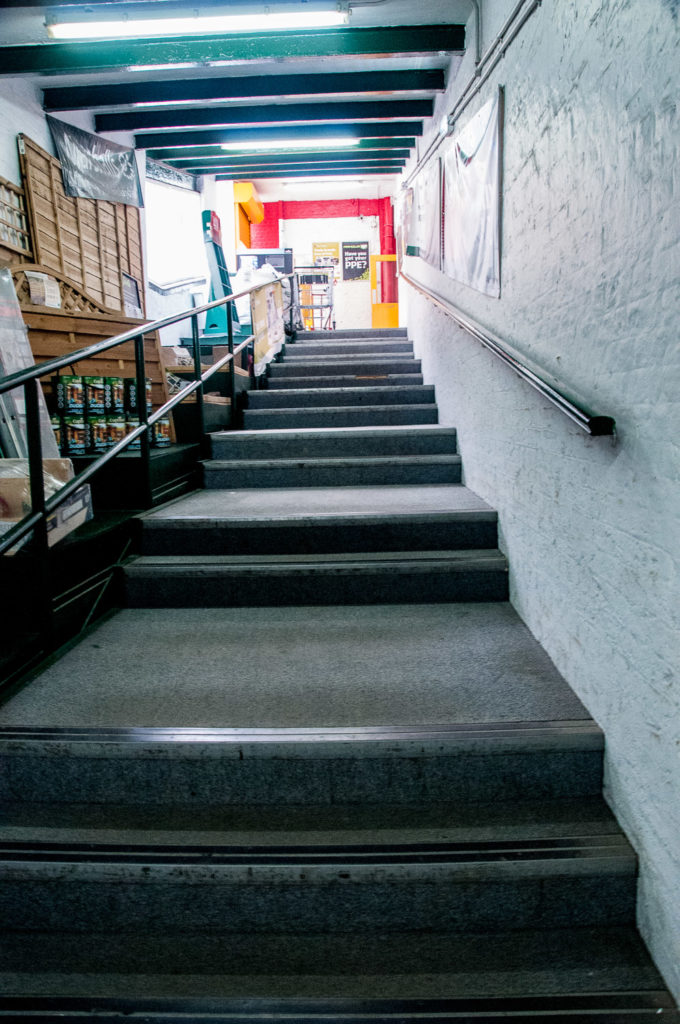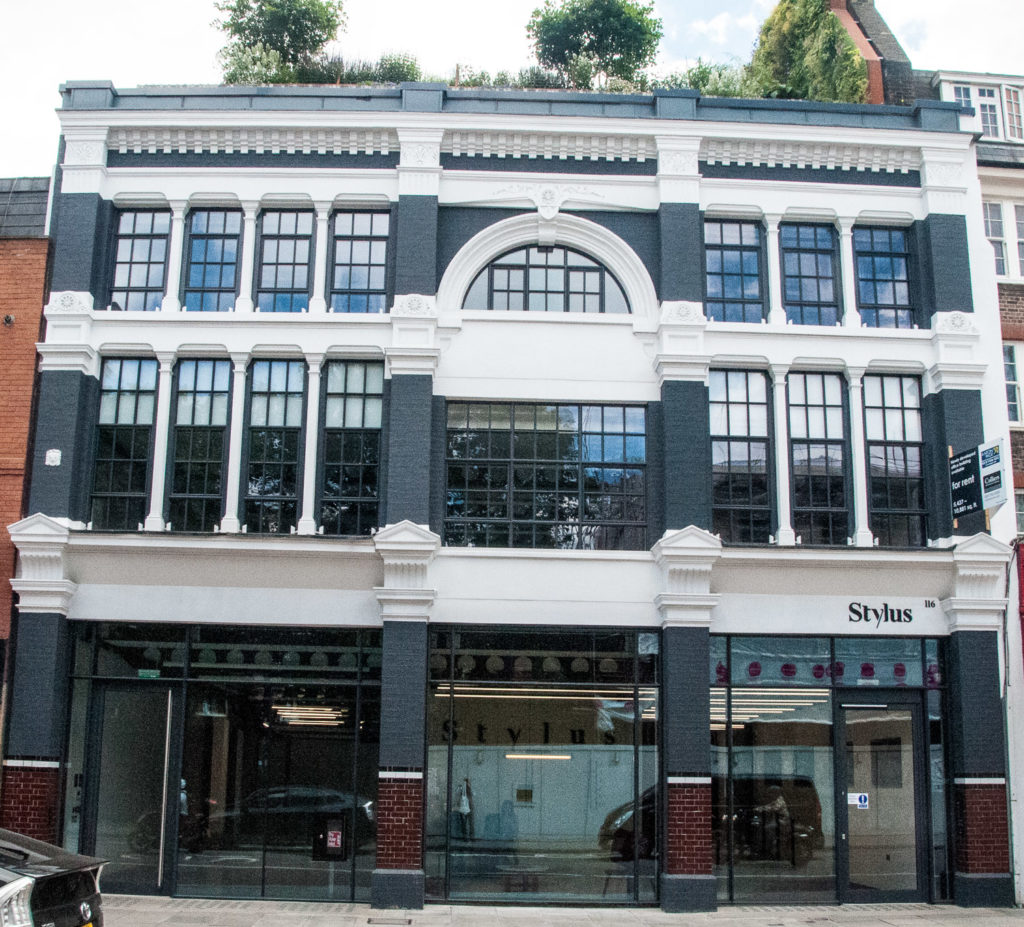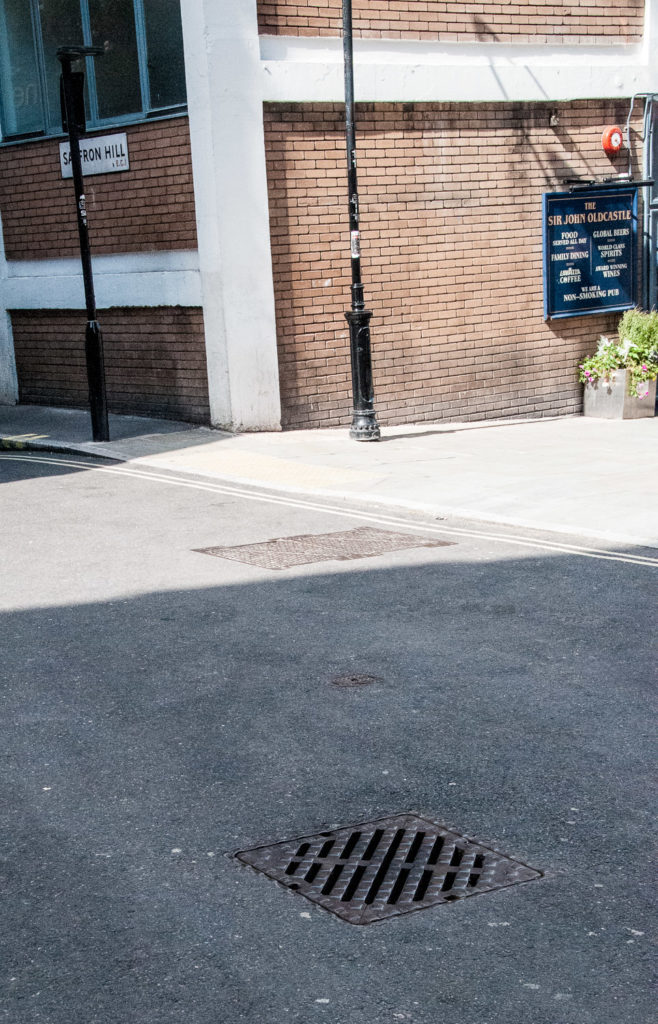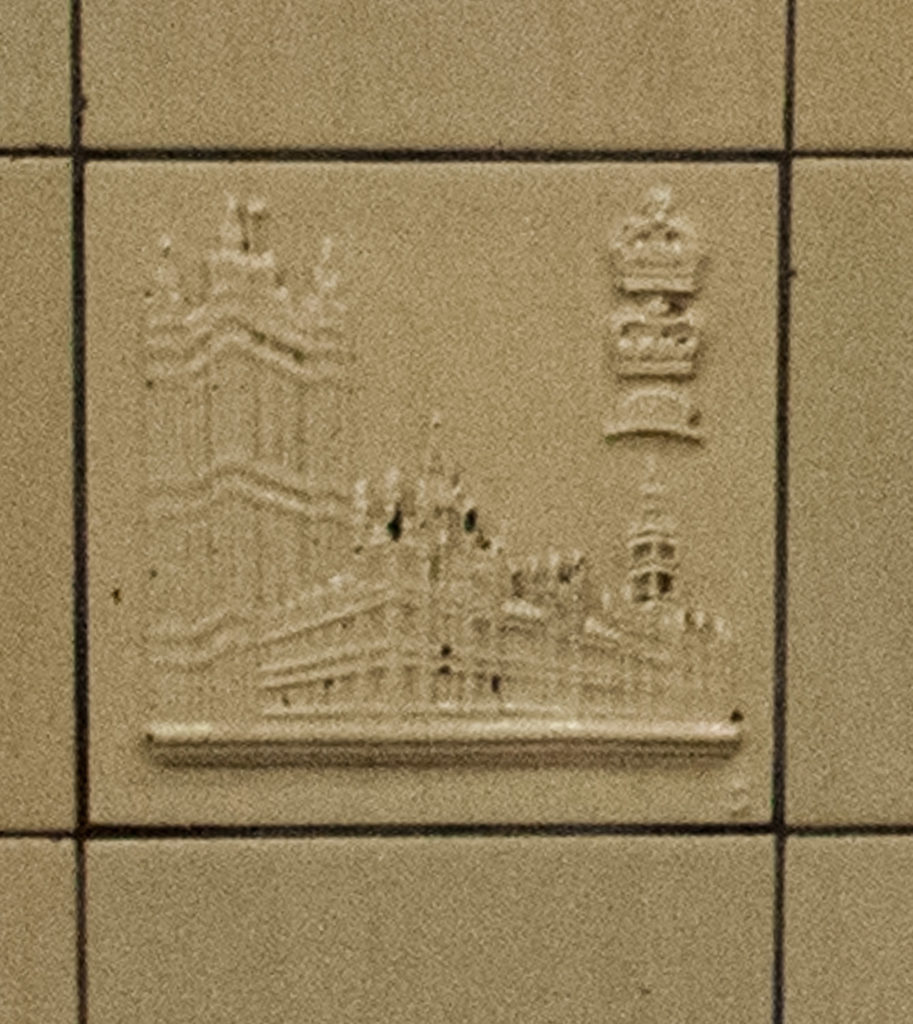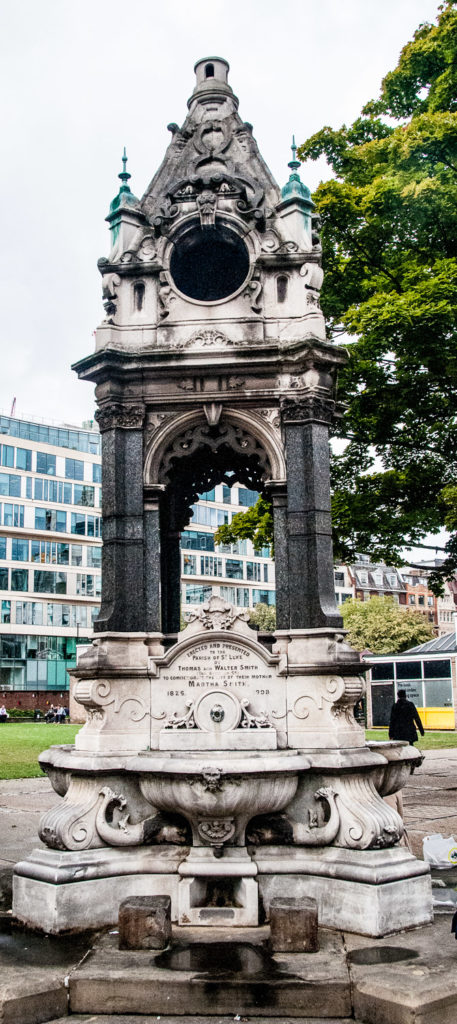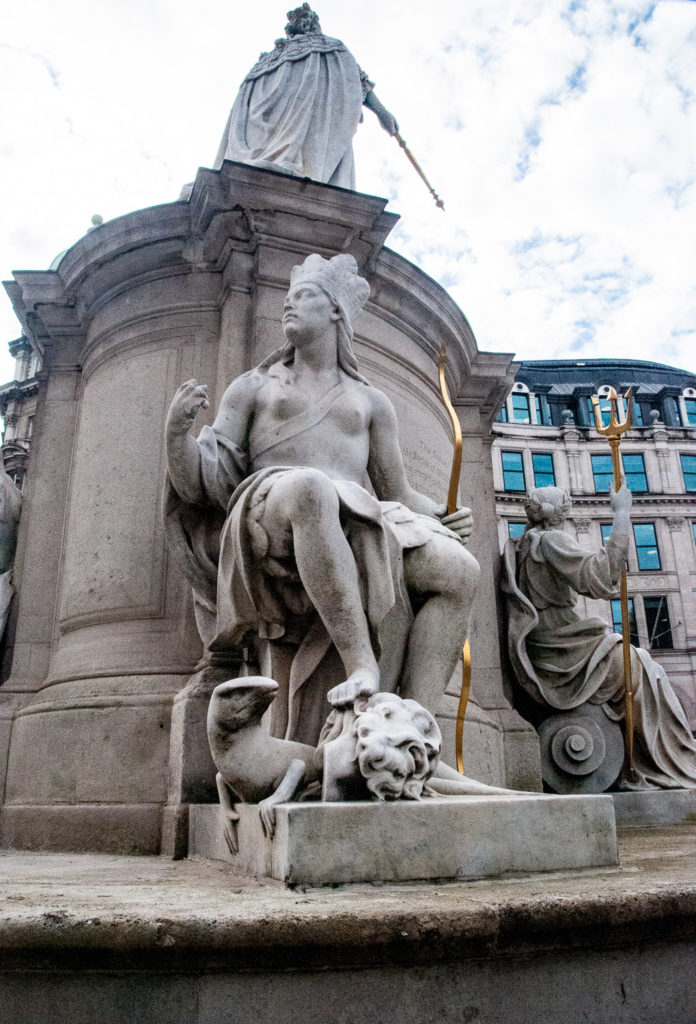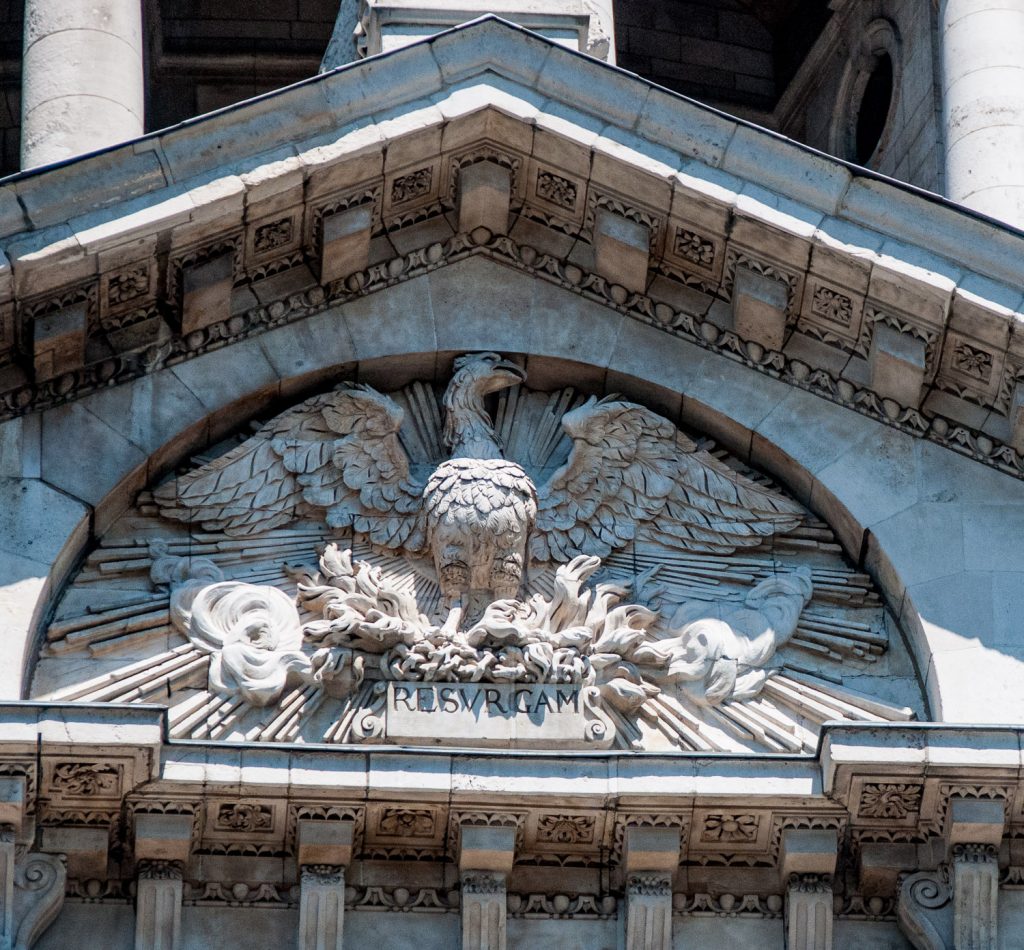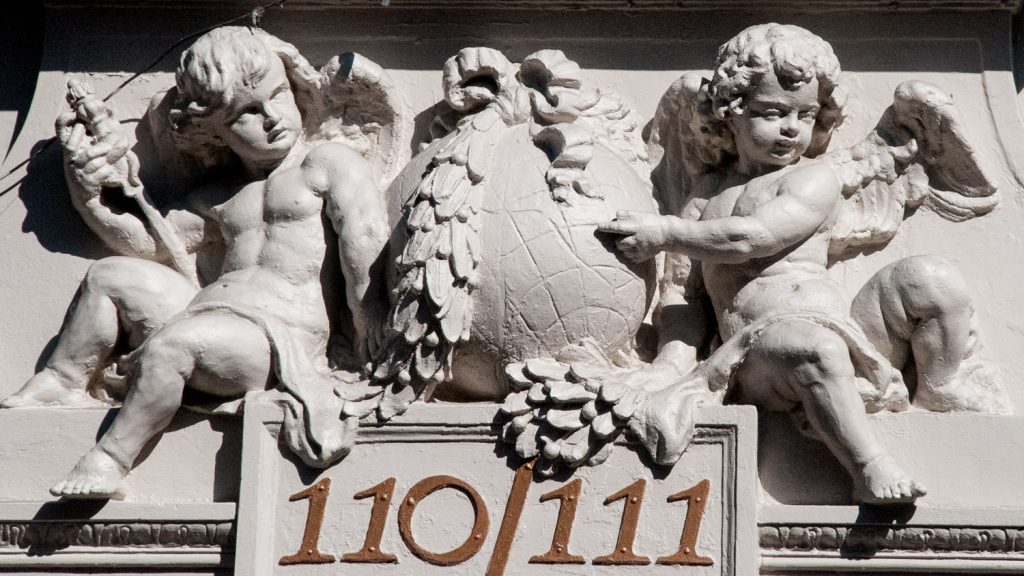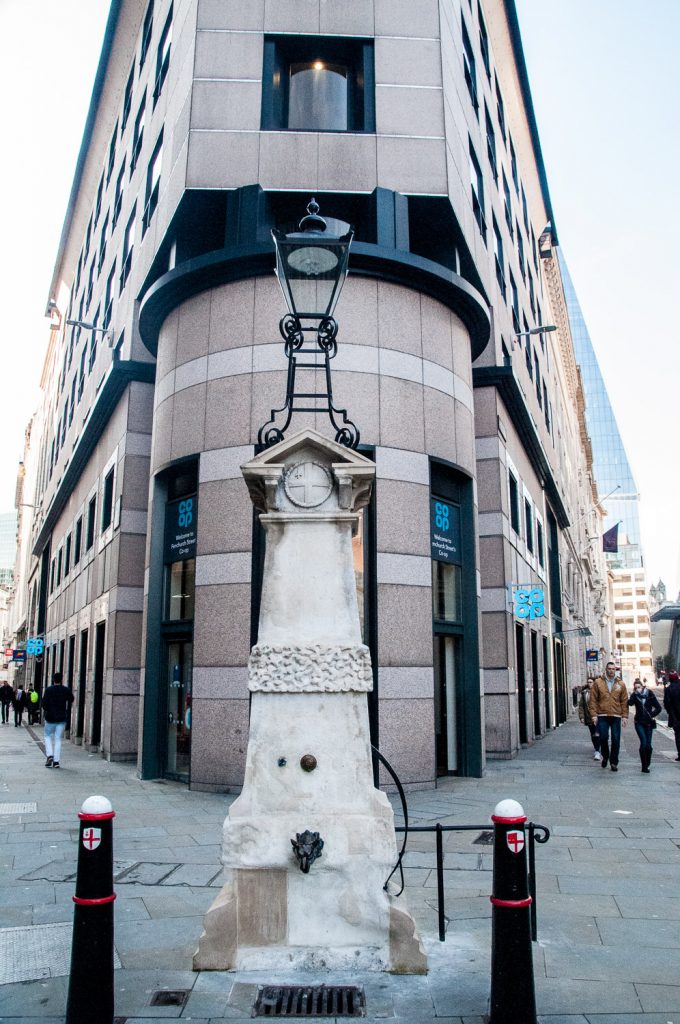I spend a lot of time looking up as I wander around the City, which is another reason why I tend to take photographs at the weekend. That way I won’t be obstructing bustling City folk going about their business and get tutted at when I stop abruptly.
I hope you find this miscellaneous collection interesting. Some have appeared in blogs already but I have included them again because I just like them.
This globe sits on top of the London Metropolitan University building on Moorgate (EC2M 6SQ) …
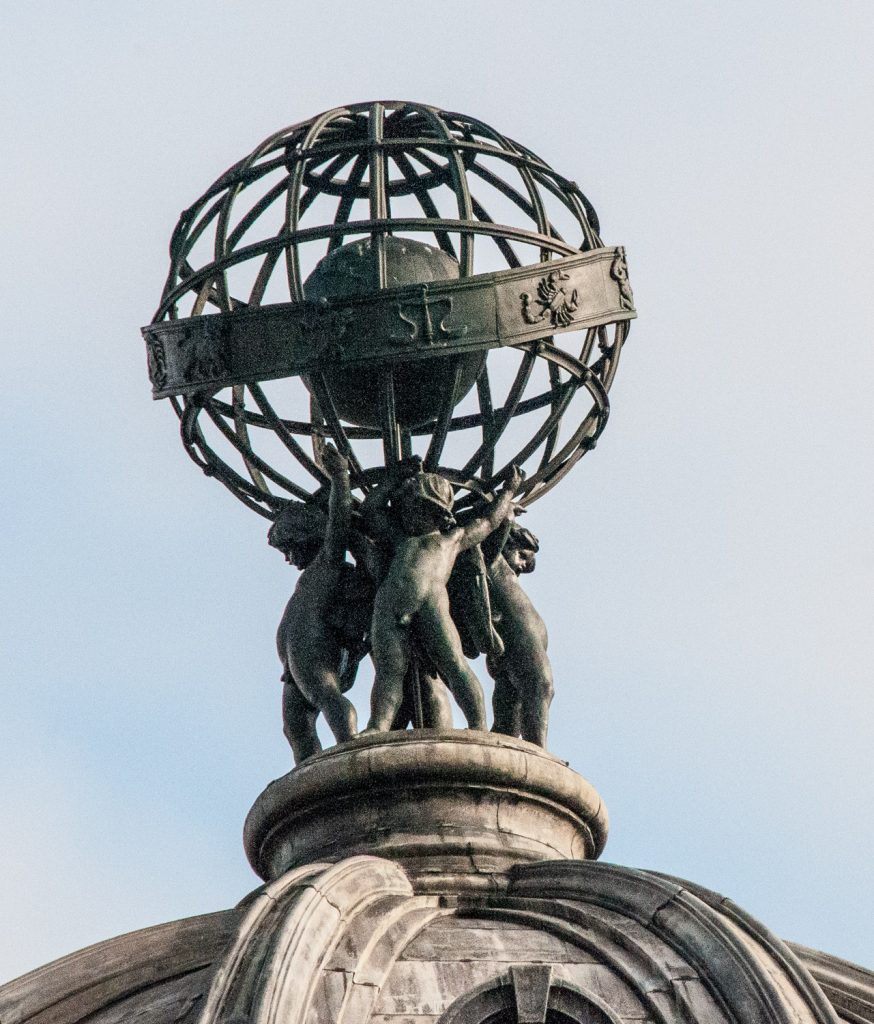
I had never noticed before that it is encircled by the signs of the Zodiac.
Here’s what it looks like at street level with the Globe Pub sign in the foreground …
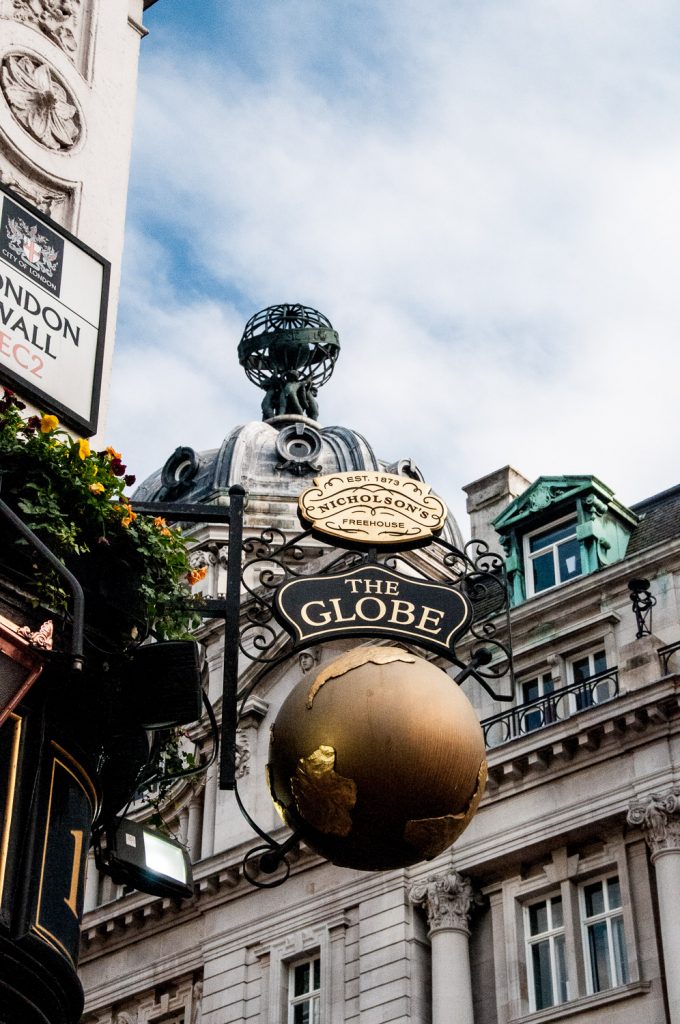
Whilst on the subject of Zodiacs, there are some attractive figures around the door of 107 Cheapside (EC2V 6DN) …
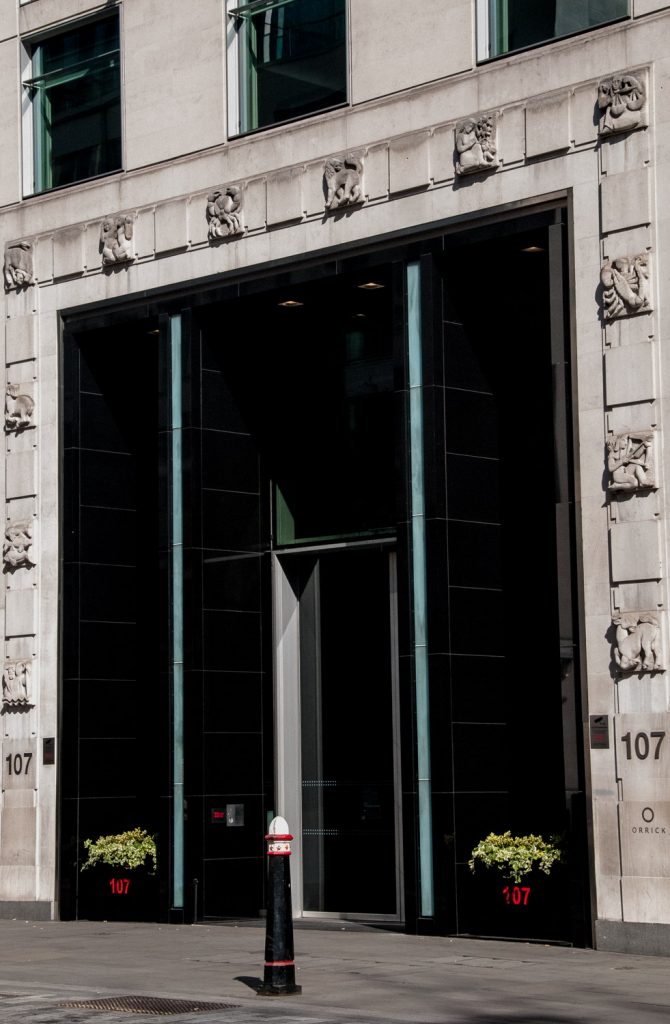
They were sculpted by John Skeaping, Barbara Hepworth’s first husband …
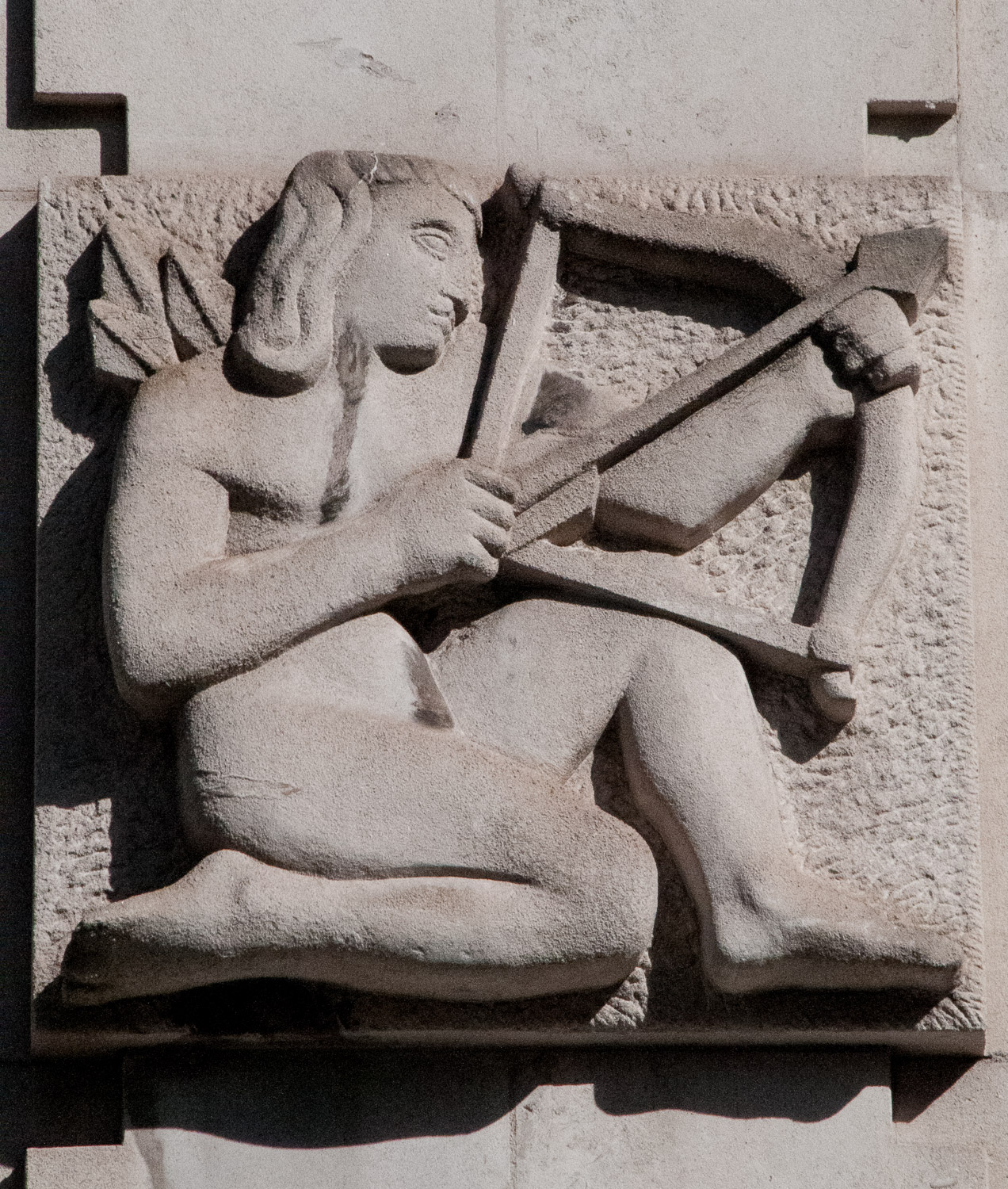
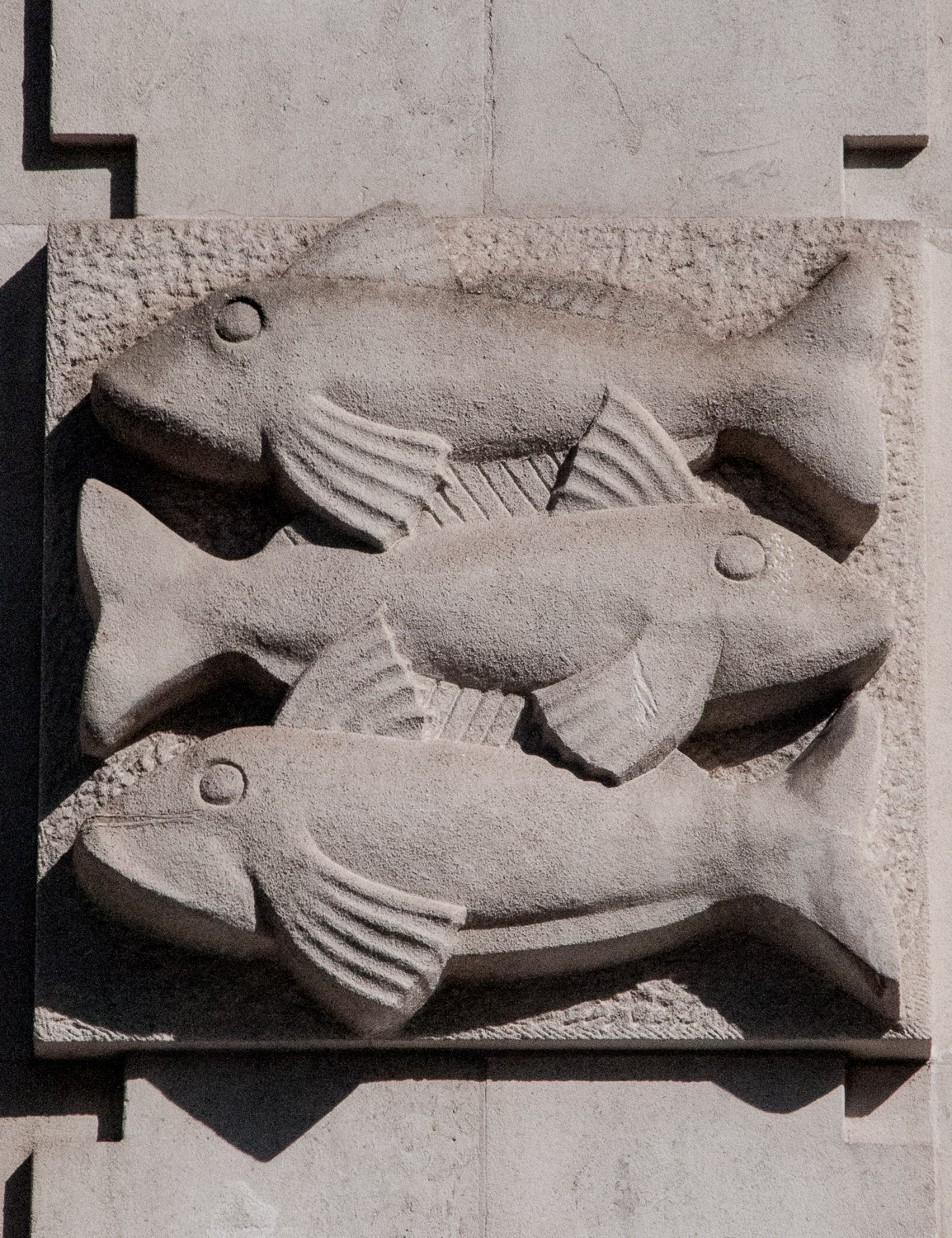
Pisces – February 19th to March 20th.
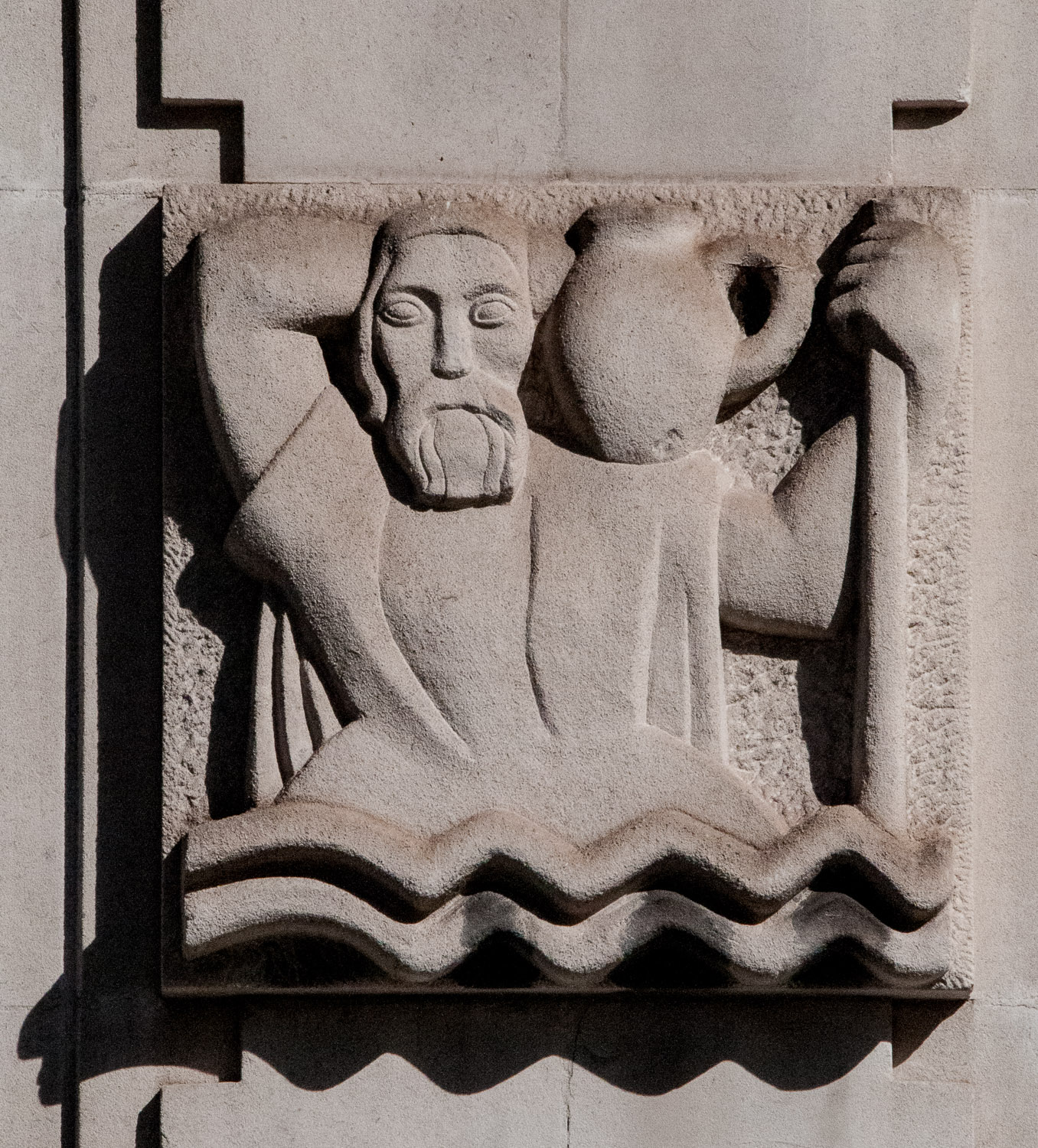
And in Cheapside there is another globe, this time supported by a straining Atlas balanced on top of a clock …
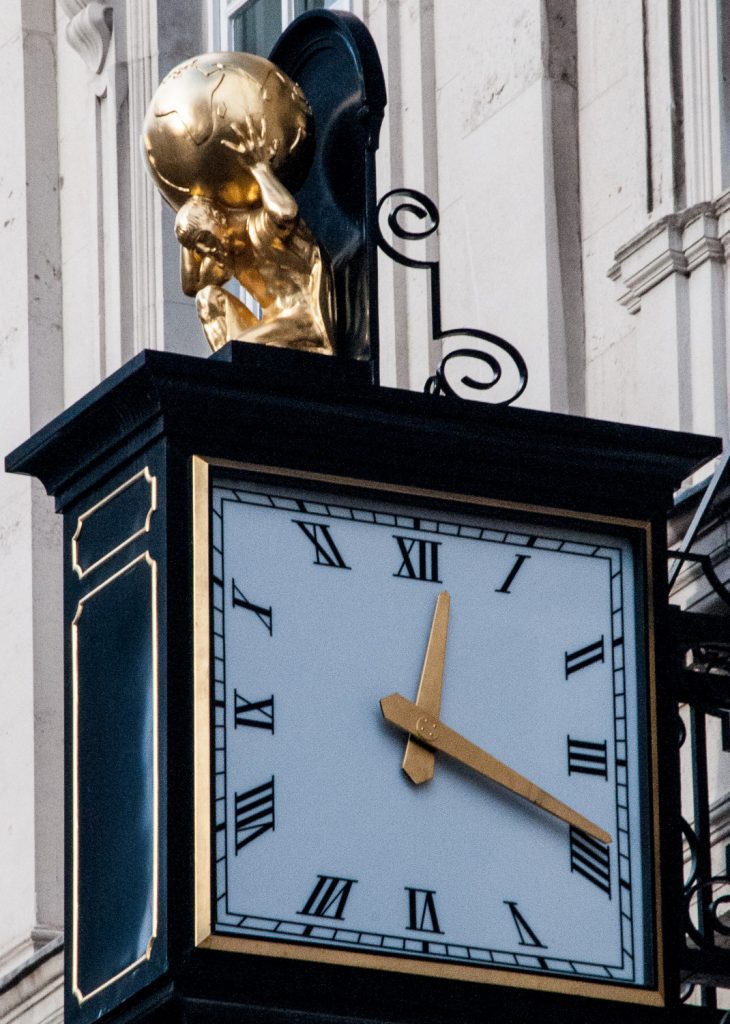
It was once the headquarters of the Atlas Assurance Company. The entrance was in King Street and above the door is another depiction of Atlas hard at work. I like the detail of his toes curled around the plinth (EC2V 8AU) …
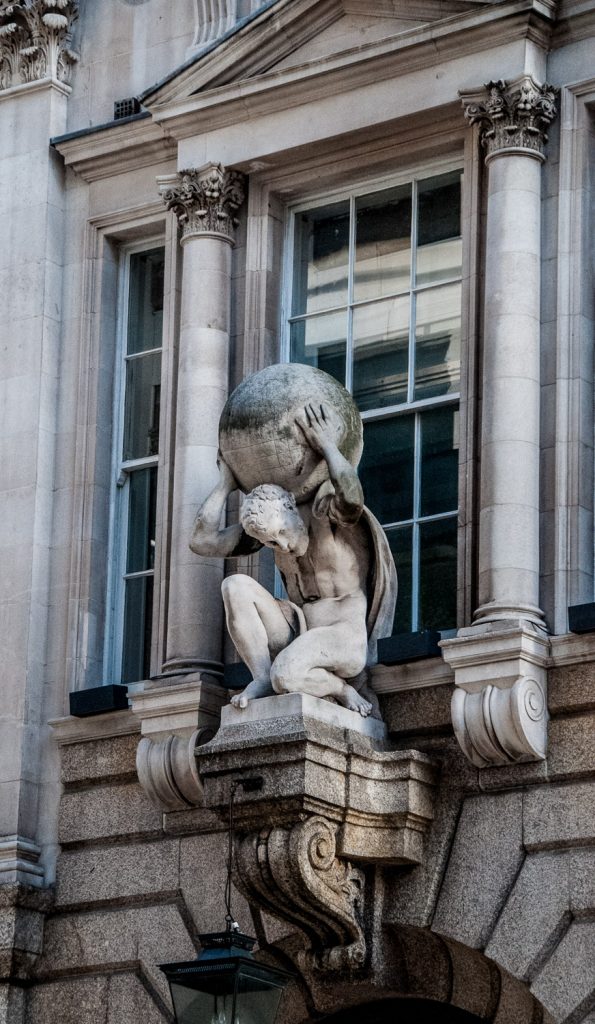
Across the road is Kings House sporting a magnificent crown …
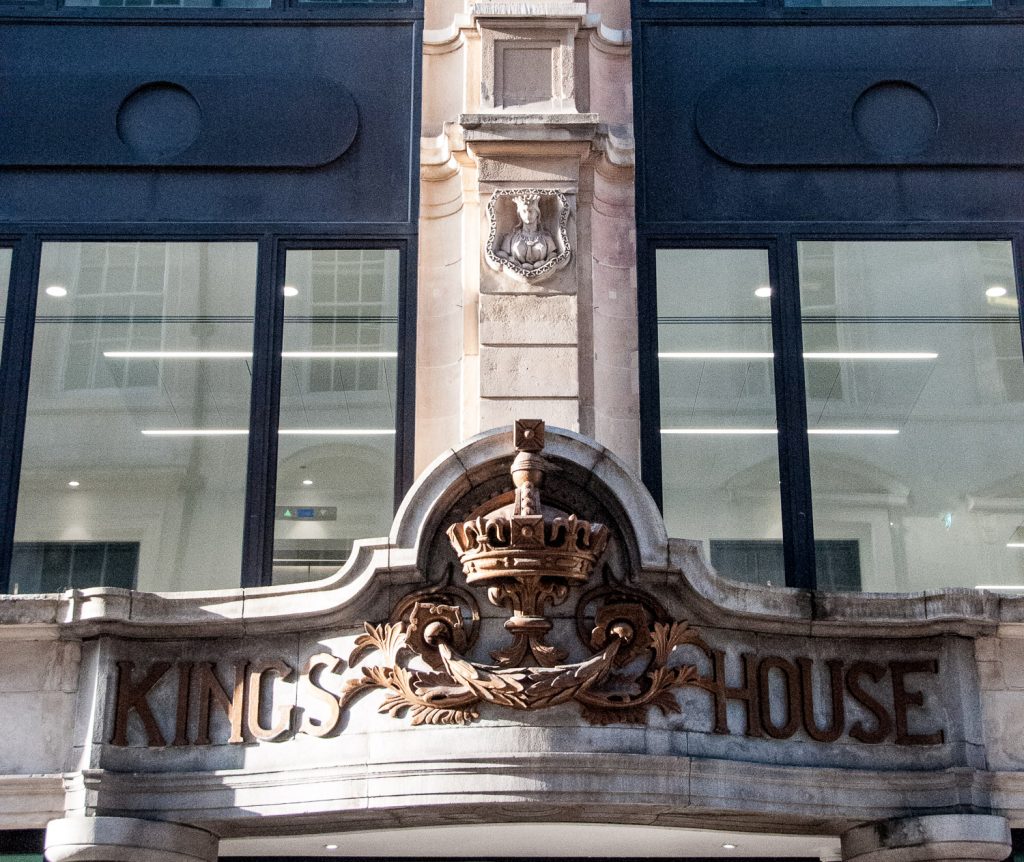
Above it is a very pretty Mercer Maiden dating from 1938 …
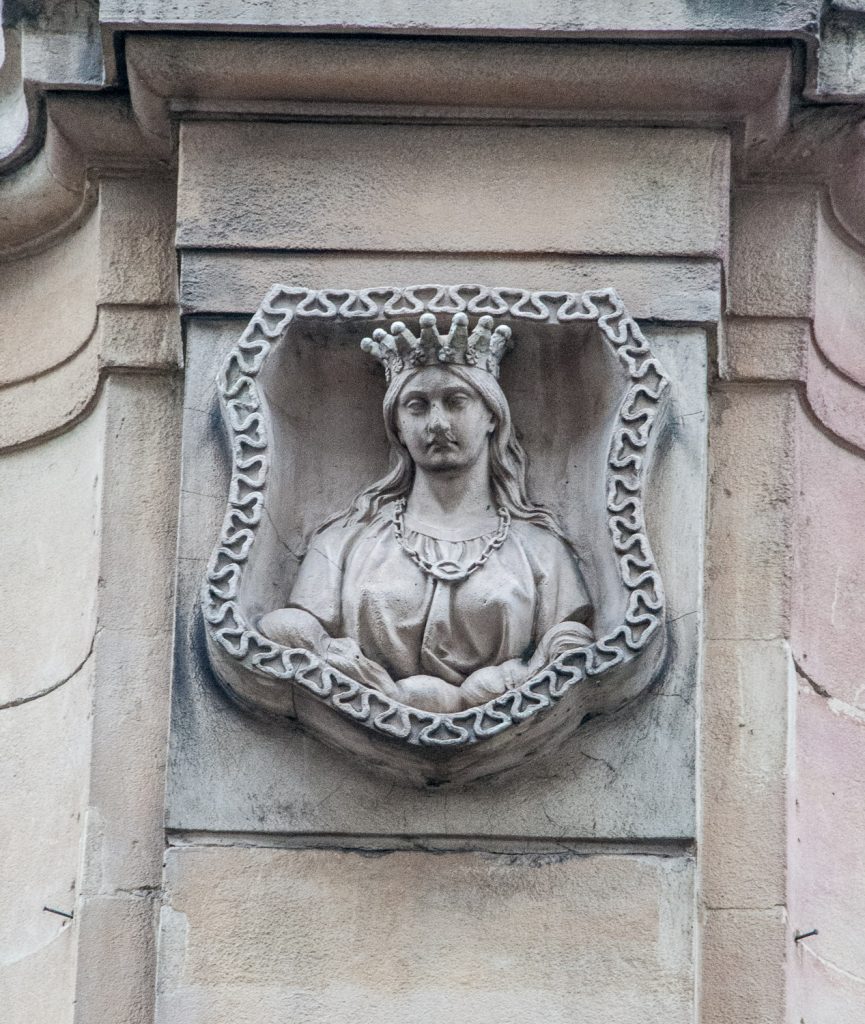
This wise old owl watches commuters as they flow back and forth over London Bridge. He was located outside what was once the Guardian Insurance Company headquarters (EC4N 7HR) …
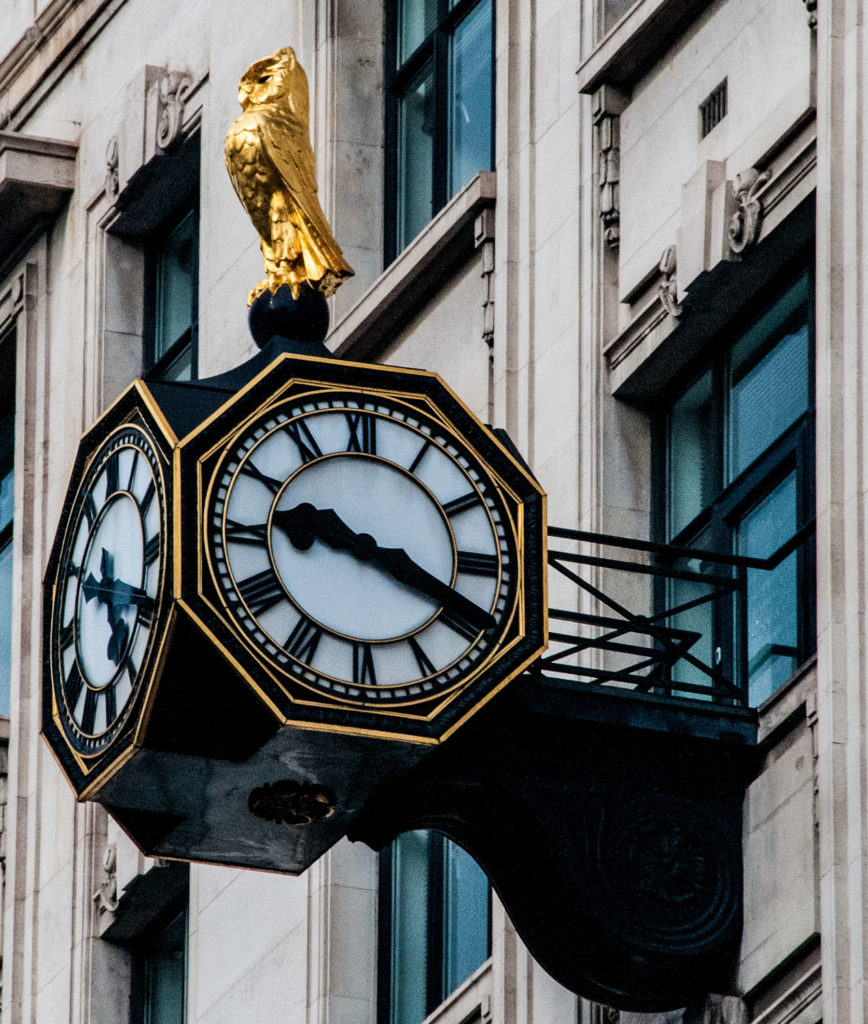
Look up as you walk down Eastcheap and you will see the remains of a dead camel …
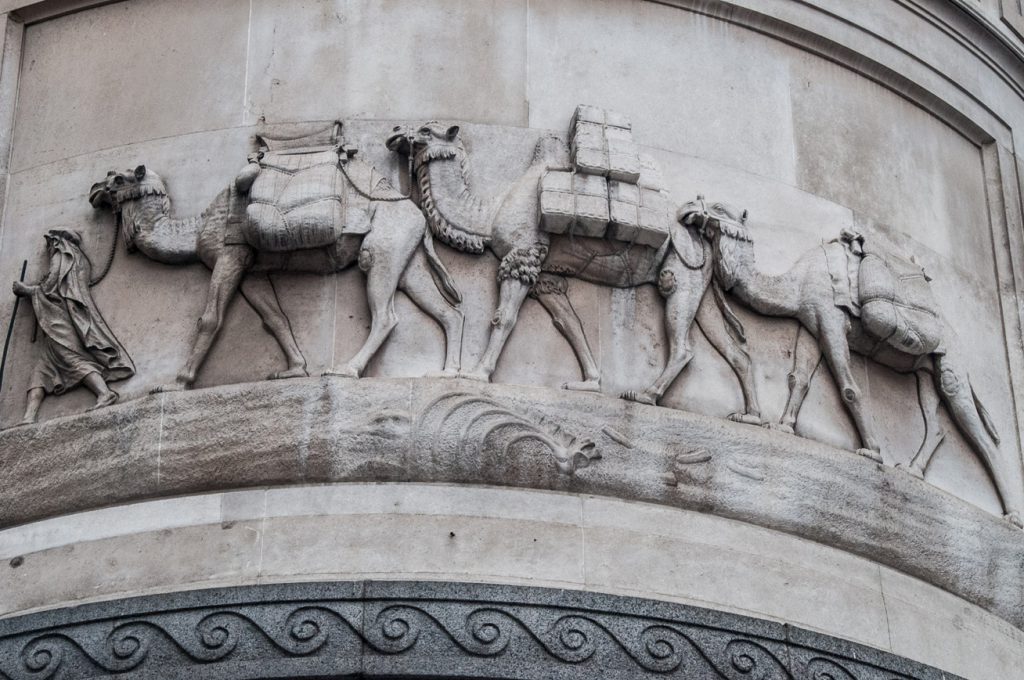
Constructed between 1883 and 1885, the building at 20 Eastcheap was once the headquarters of Peek Brothers & Co, dealers in tea, coffee and spices, whose trademark showed three camels bearing different shaped loads being led by a Bedouin Arab. The firm was particularly well known for its ‘Camel’ brand of tea. When Sir Henry Peek (son of one of the original founders) commissioned this building he wanted the panel over the entrance to replicate the trademark, right down to the dried bones of the dead camel lying in the sand in the foreground.
Admire the leopard’s head symbol of the Goldsmith’s Company over the entrance to the old churchyard of St Zachary on Gresham Street (EC2V 7HN) …
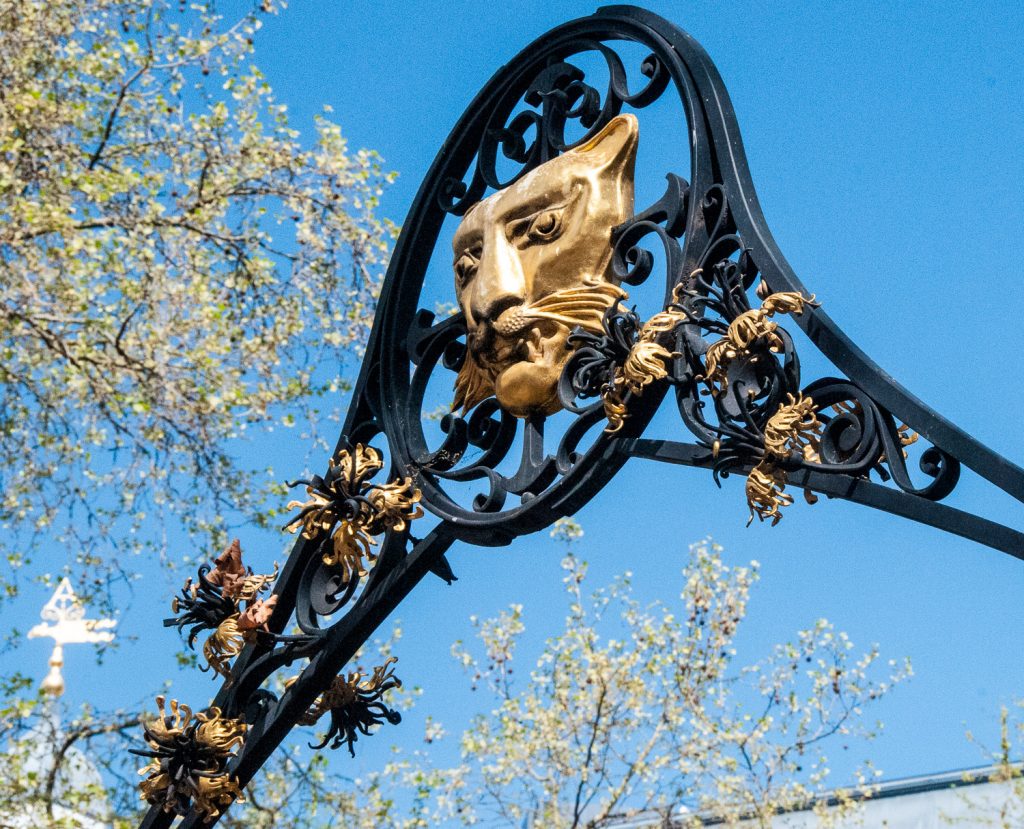
Guardian angels are still resting on their swings opposite St Paul’s Underground Station …
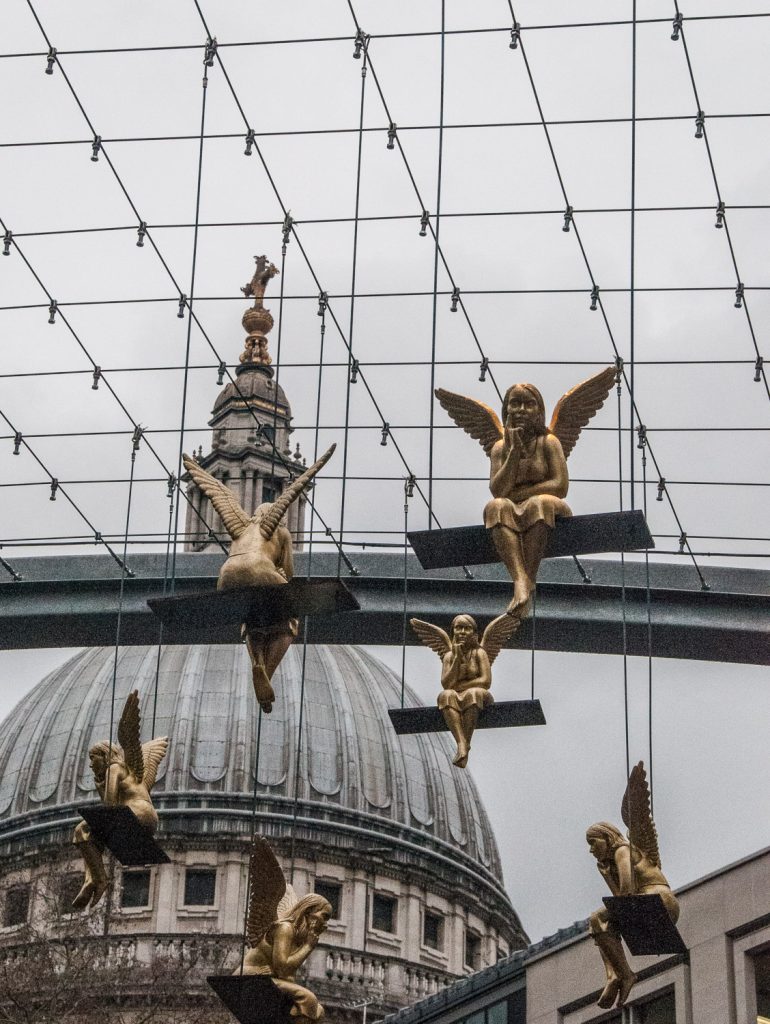
This fearsome dragon on Fleet Street guards the western entrance to the City on the site of the old Temple Bar. He looks like something straight out of a Harry Potter story …
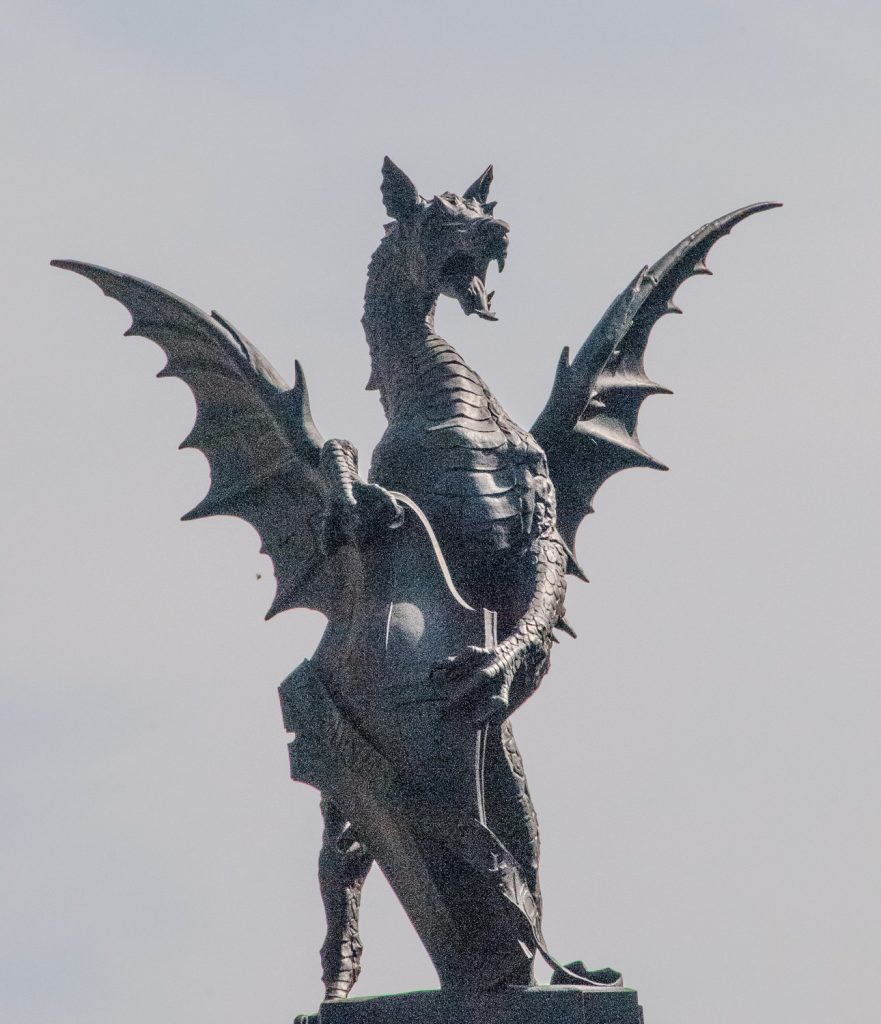
I love spotting the wide variety of weather vanes that populate the skyline even in a City crowded with new skyscrapers. This one referencing the horrific death of a martyr sits atop St Lawrence Jewry (EC2V 5AA) …
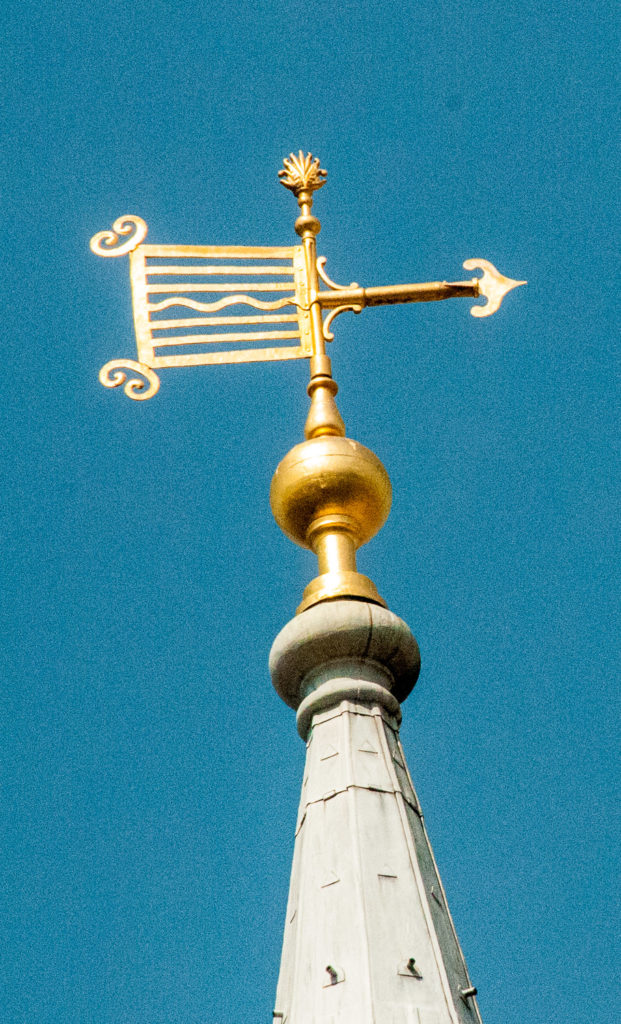
St Lawrence was executed in San Lorenzo on 10 August 258 AD in a particularly gruesome fashion, being roasted to death on a gridiron. At one point, the legend tells us, he remarked ‘you can turn me over now, this side is done’. Appropriately, he is the patron saint of cooks, chefs and comedians.
The church of Anne and St Agnes also stands in Gresham Street and is unmistakable by its letter ‘A’ on the weather vane on top of the small tower. It is named after Anne, the mother of the virgin Mary and Agnes, a thirteen year old martyr (EC2V 7BX) …
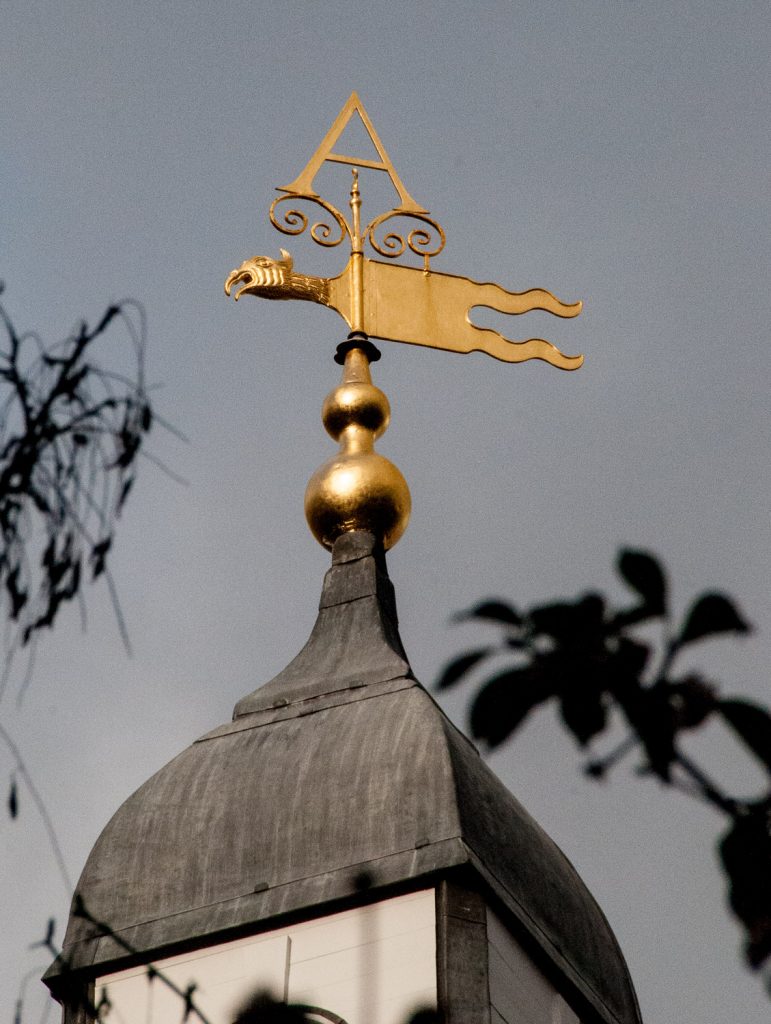
Now compare and contrast these two war memorials.
In Holborn is this work by Albert Toft. Unveiled by the Lord Mayor in 1922, the inscriptions read …
To the glorious memory of the 22,000 Royal Fusiliers who fell in the Great War 1914-1919 (and added later) To the Royal Fusiliers who fell in the World war 1939-1945 and those fusiliers killed in subsequent campaigns.

Toft’s soldier stands confidently as he surveys the terrain, his foot resting on a rock, his rifle bayoneted, his left hand clenched in determination (EC1N 2LL).
Behind him is the magnificent, red terracotta, Gothic-style building by J.W. Waterhouse, which once housed the headquarters of the Prudential Insurance Company. Walk through the entrance arch to the courtyard and you will see the work of a sculptor who has chosen to illustrate war in a very different fashion. The memorial carries the names of the 786 Prudential employees who lost their lives in the First World War …
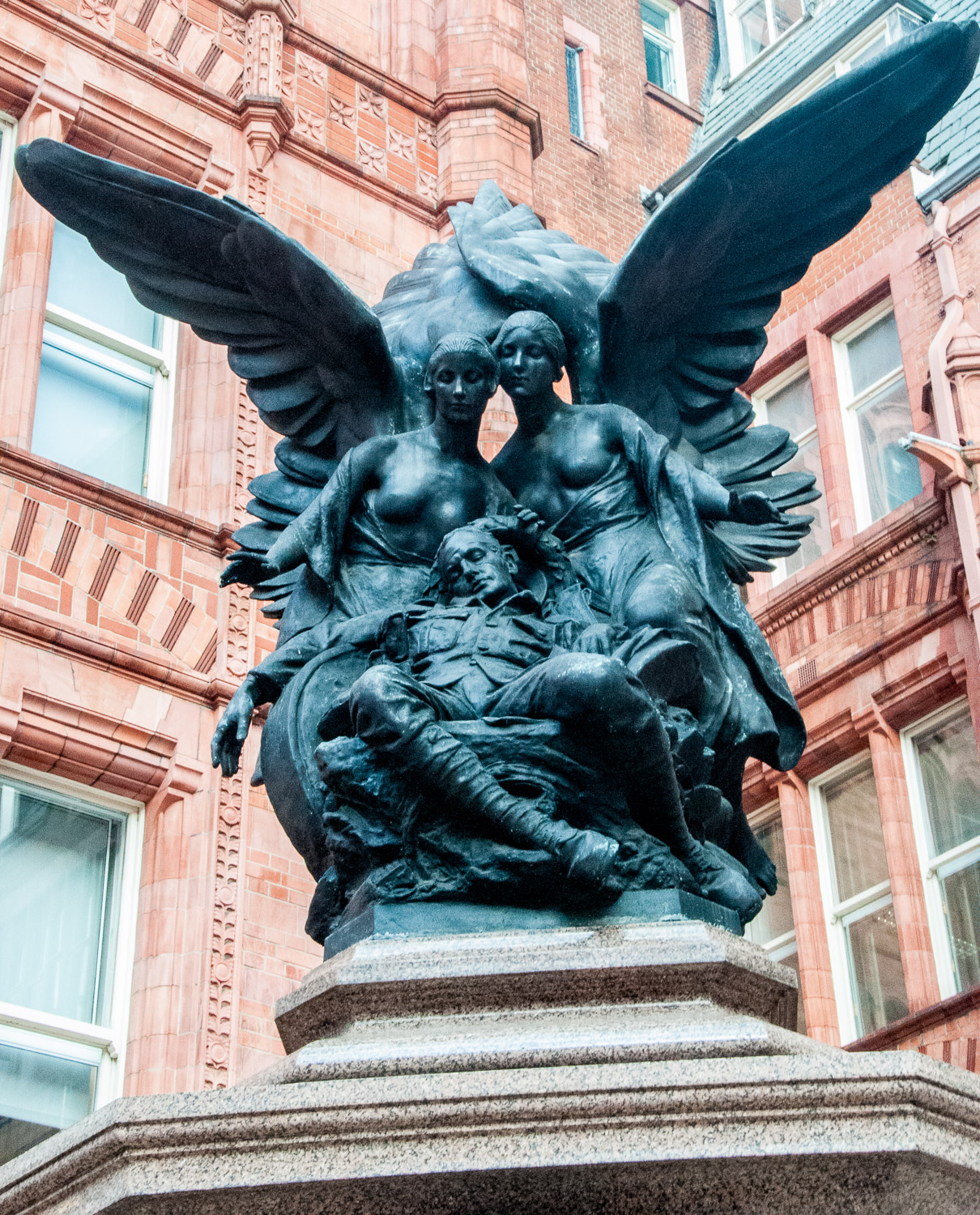
The sculptor was F V Blunstone and the main group represents a soldier sustained in his death agony by two angels. He is lying amidst war detritus with his right arm resting on the wheel of some wrecked artillery piece. His careworn face contrasts with that of the sombre, beautiful girls with their uplifted wings. I find it incredibly moving.
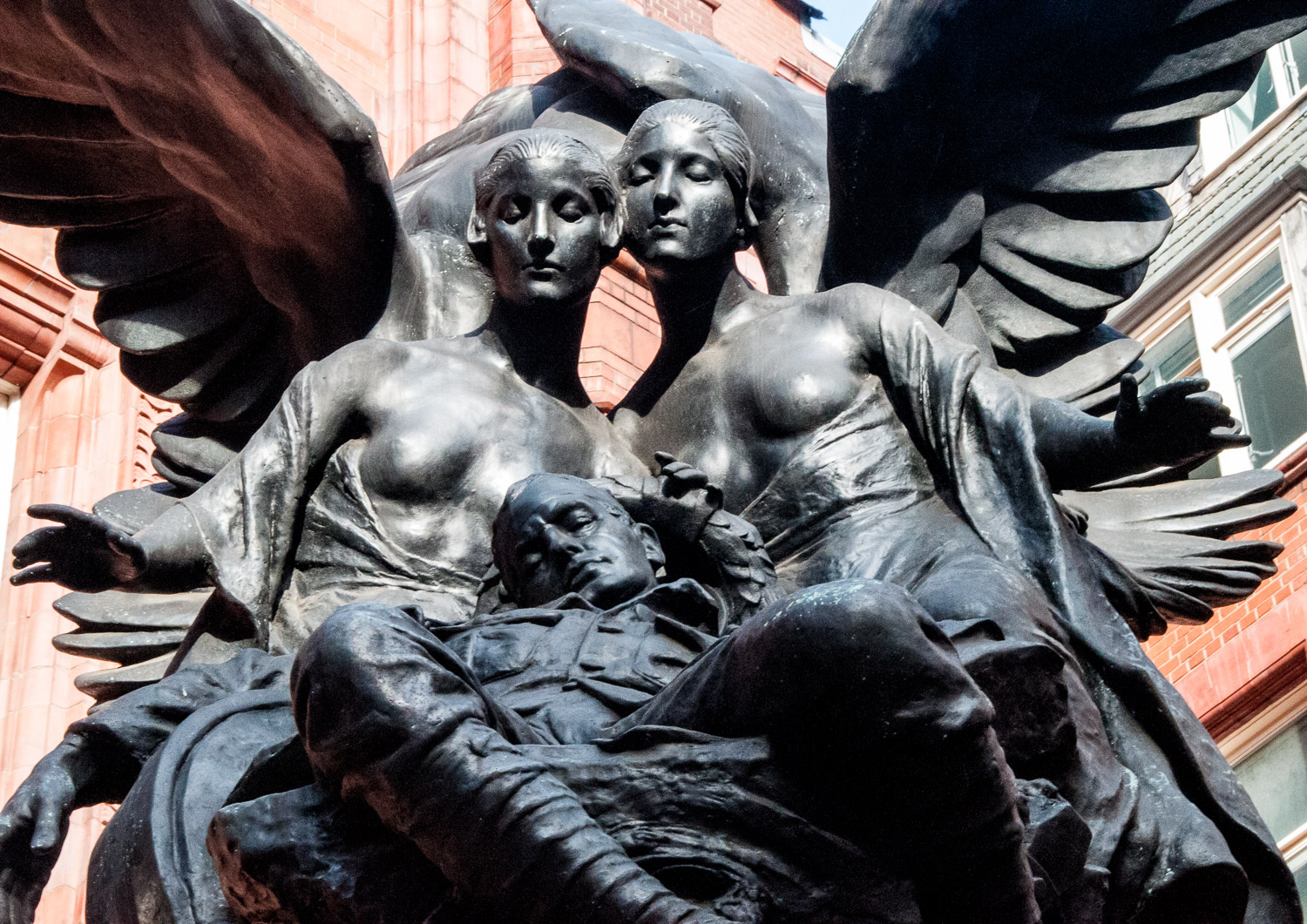
I have written about angels in the City before and they are usually asexual, but these are clearly female.
And finally, as I walked along Cornhill one day I glanced up and saw these rather sinister figures silhouetted against the sky…
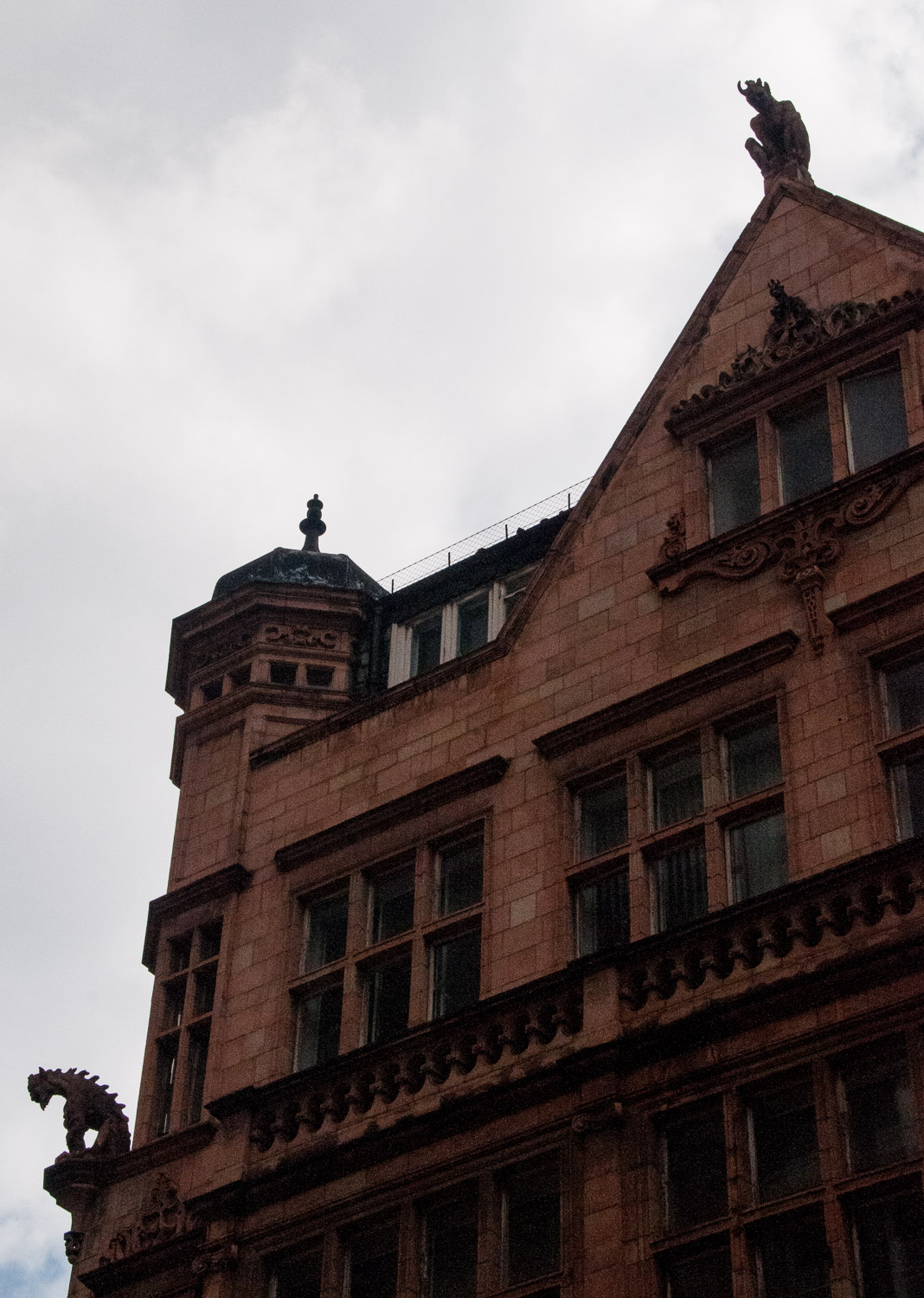
Closer inspection shows them to be devils, and rather angry and malevolent ones too …
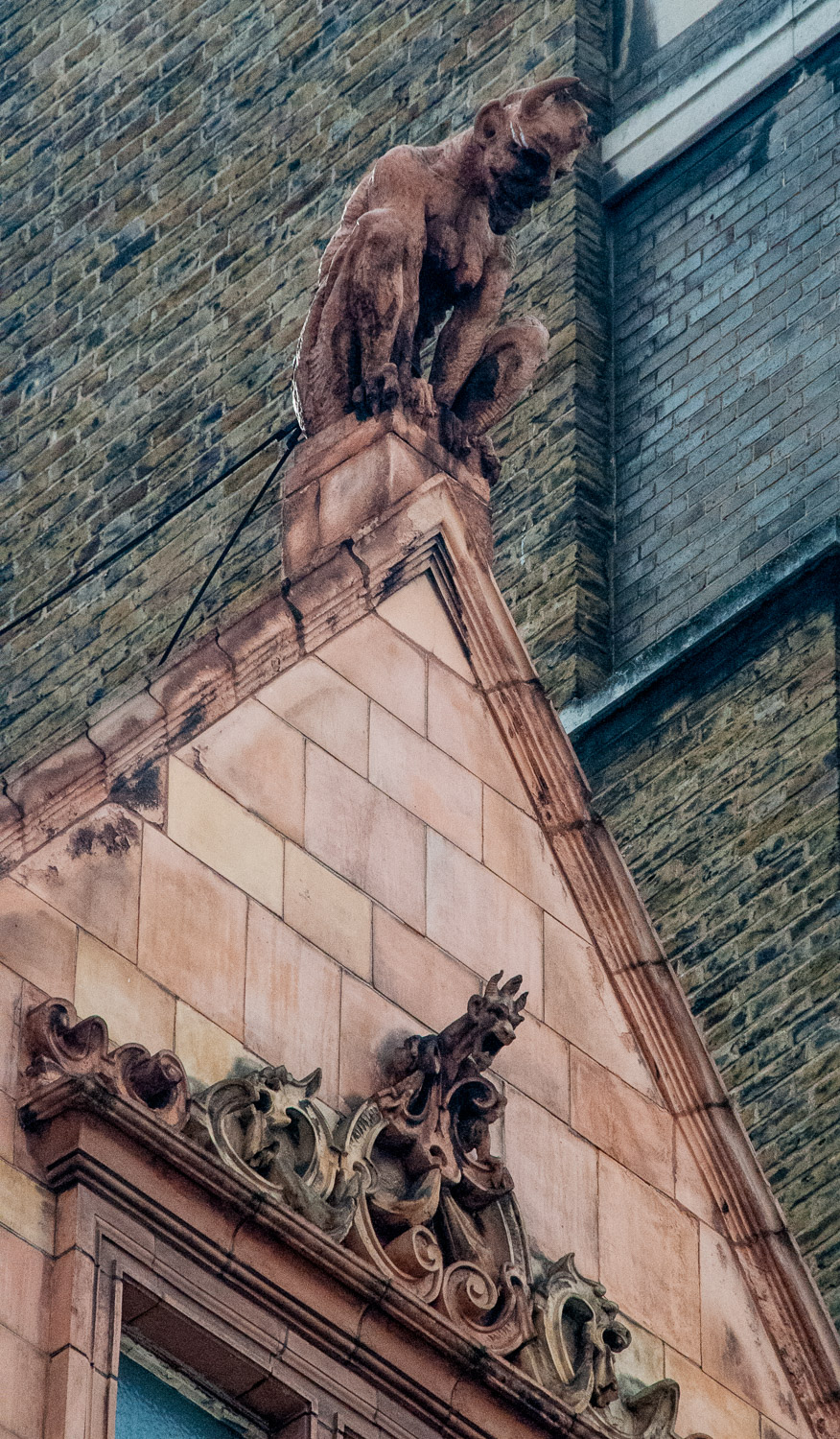
They look down on St Peter upon Cornhill and are known as the Cornhill Devils (EC3V 3PD). The story goes that, when plans were submitted for the late Victorian building next to the church, the rector noticed that they impinged slightly on church land and lodged a strong objection. Everything had to literally go back to the drawing board at great inconvenience and expense. The terracotta devils looking down on the entrance to the church are said to be the architect’s revenge with the lowest devil bearing some resemblance to the cleric himself.
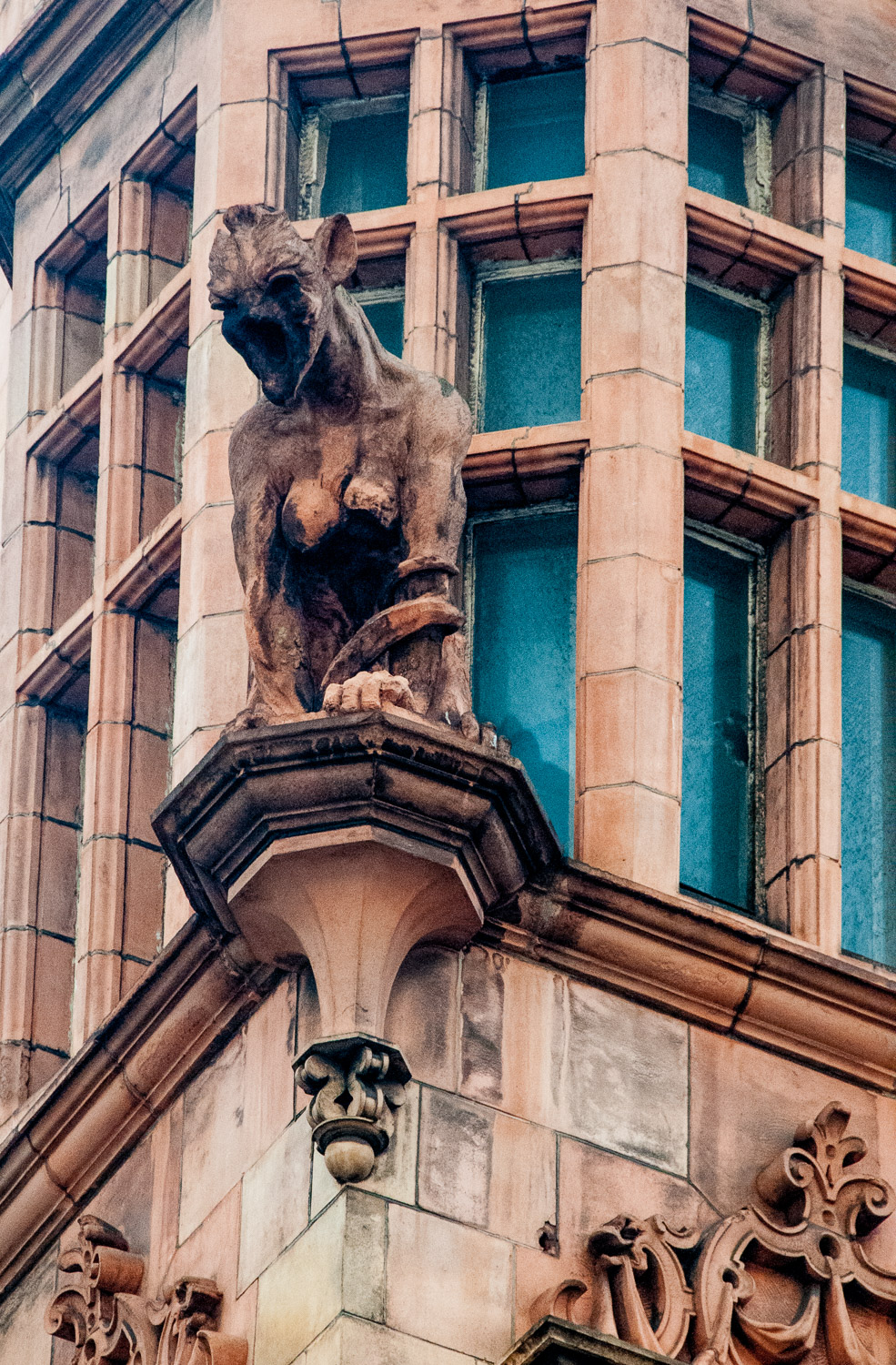
If this resembles the rector he must have been a pretty ugly guy!
Happy New year!
Do remember that you can follow me on Instagram :
